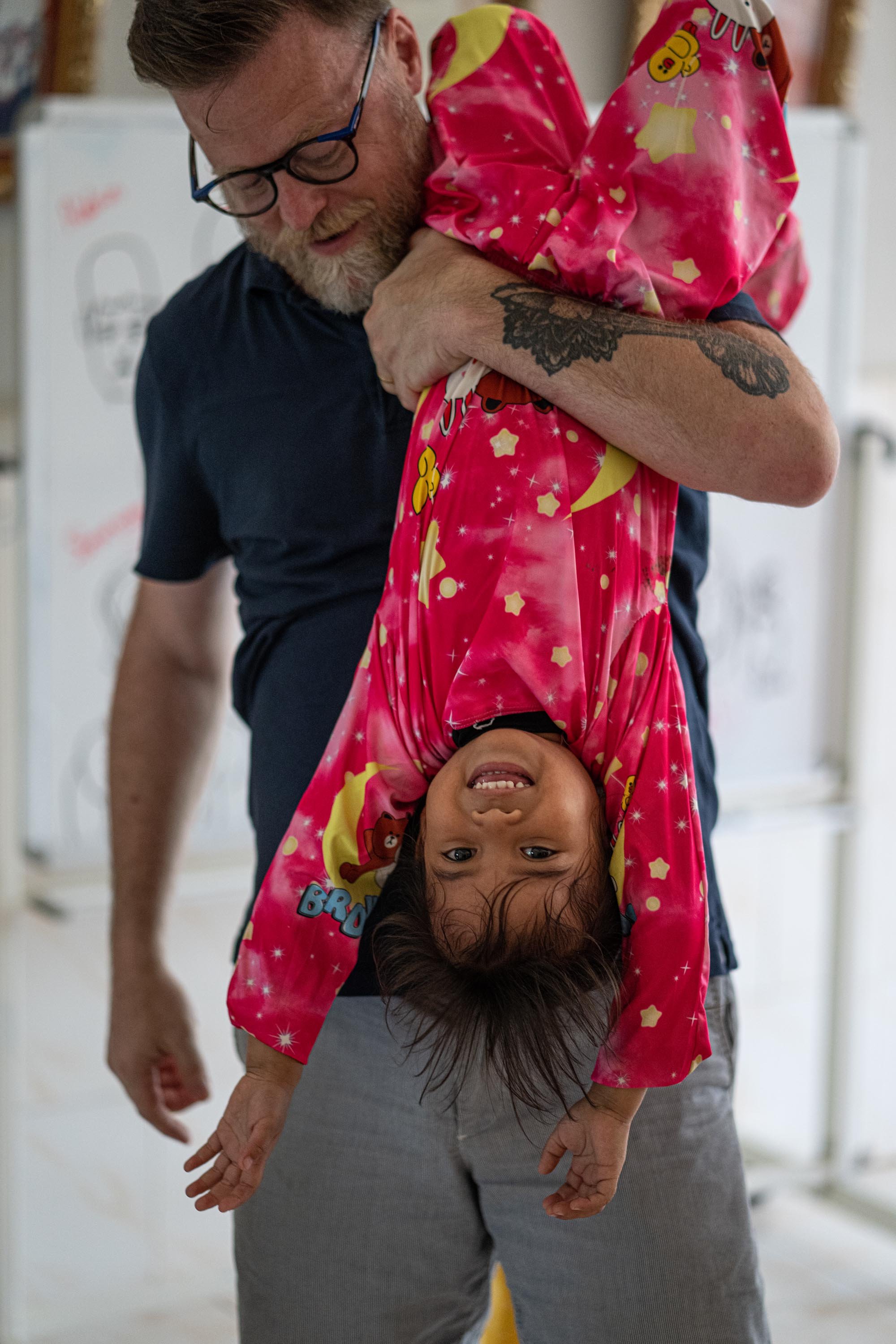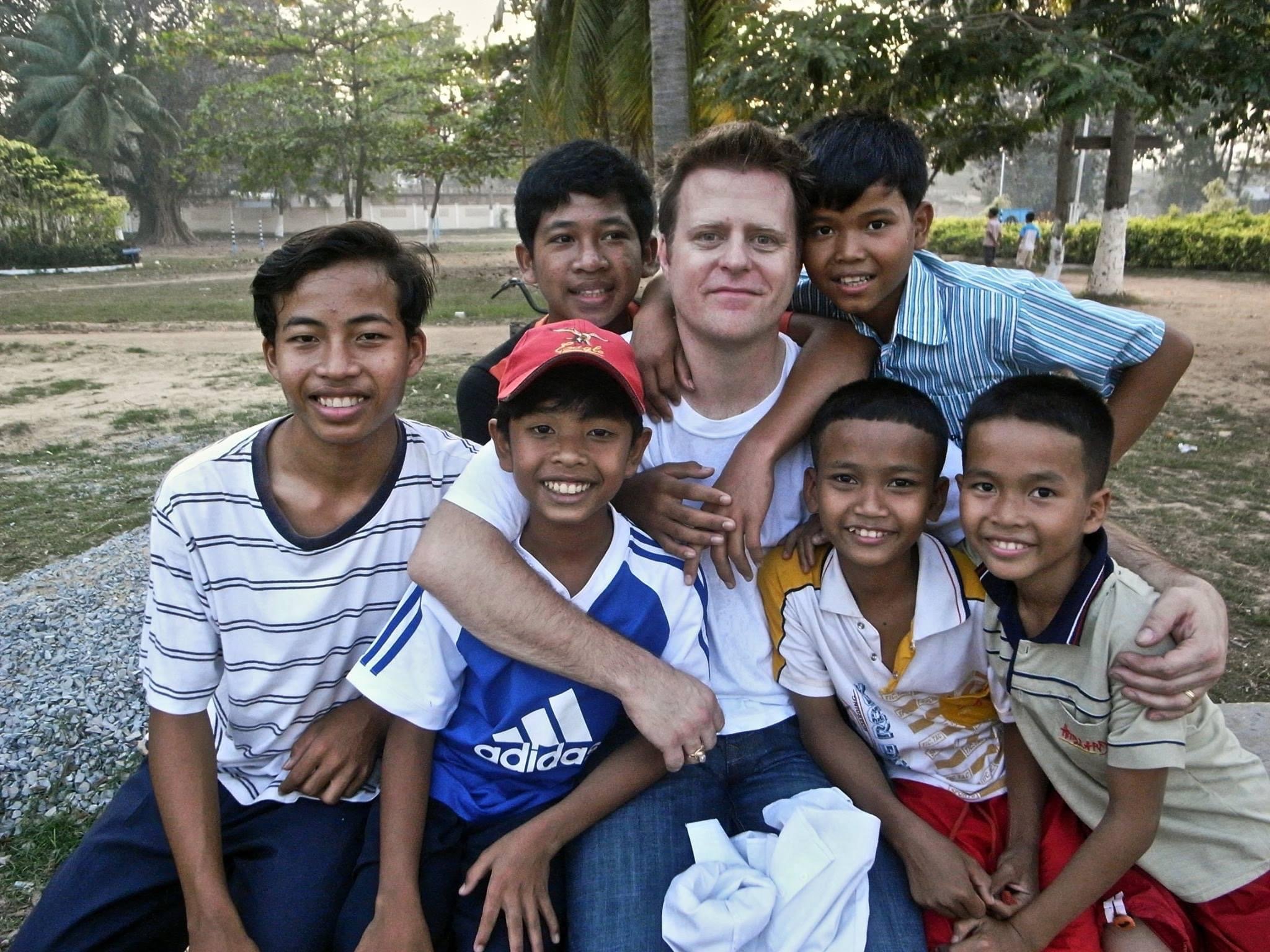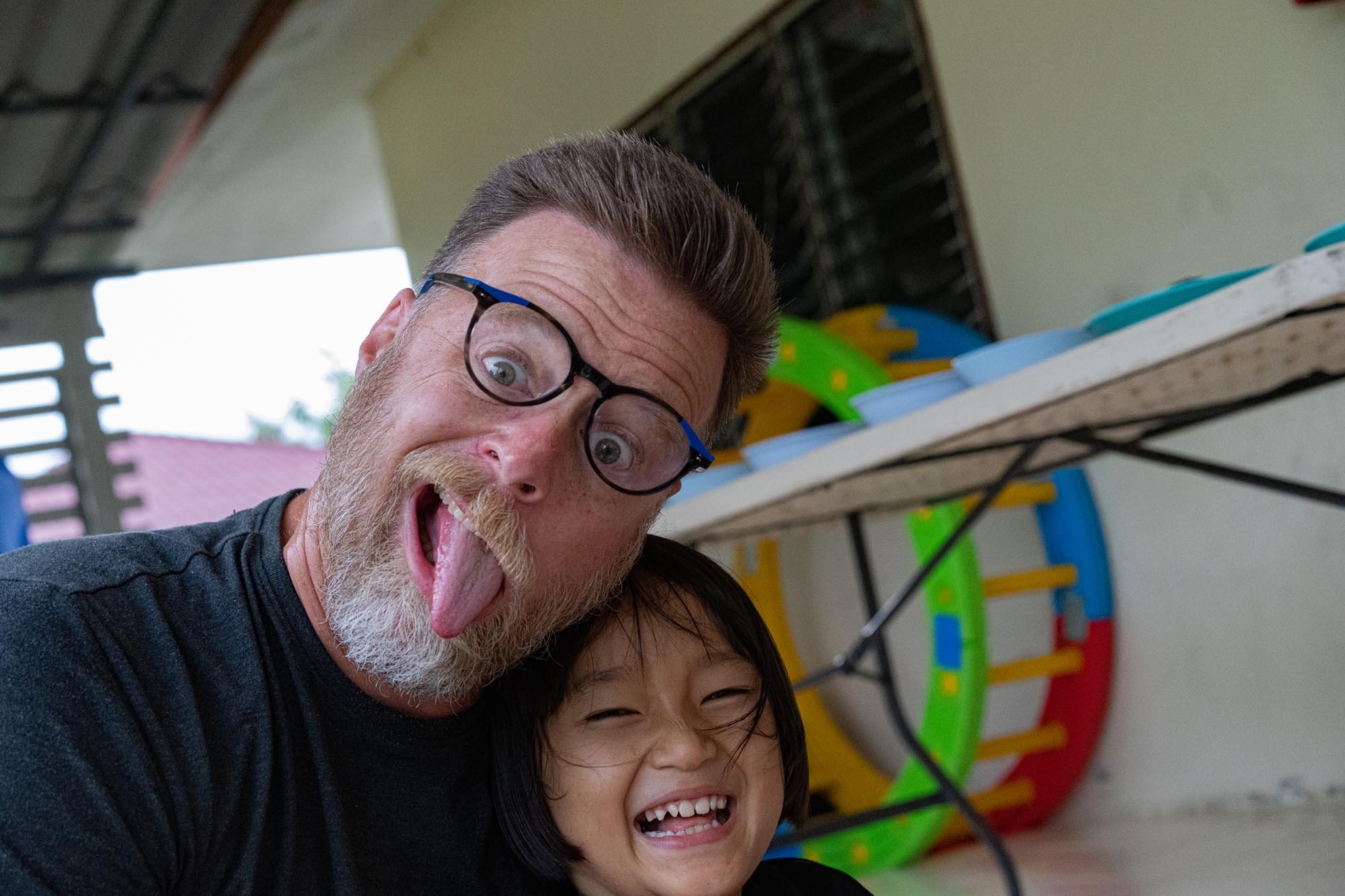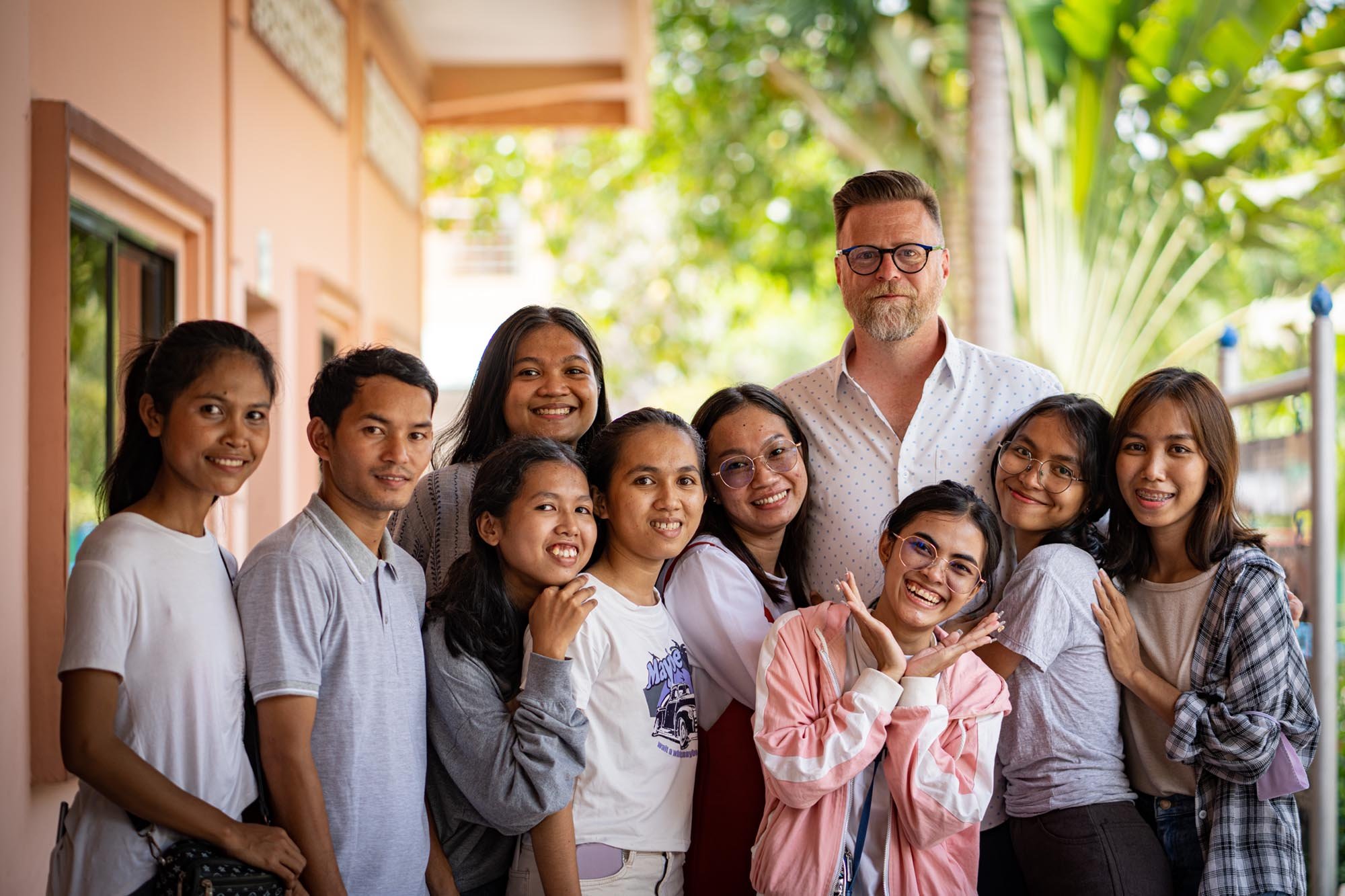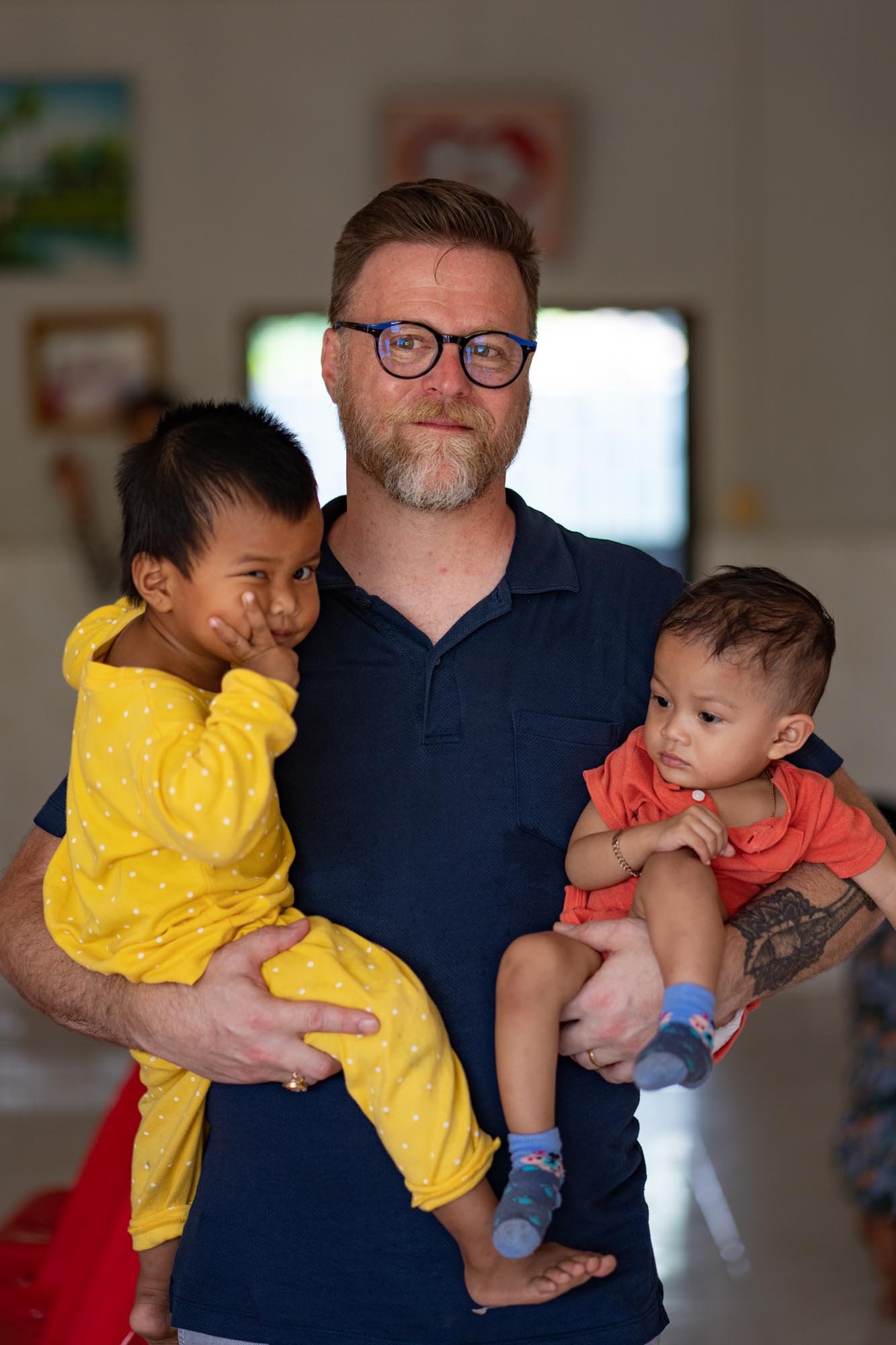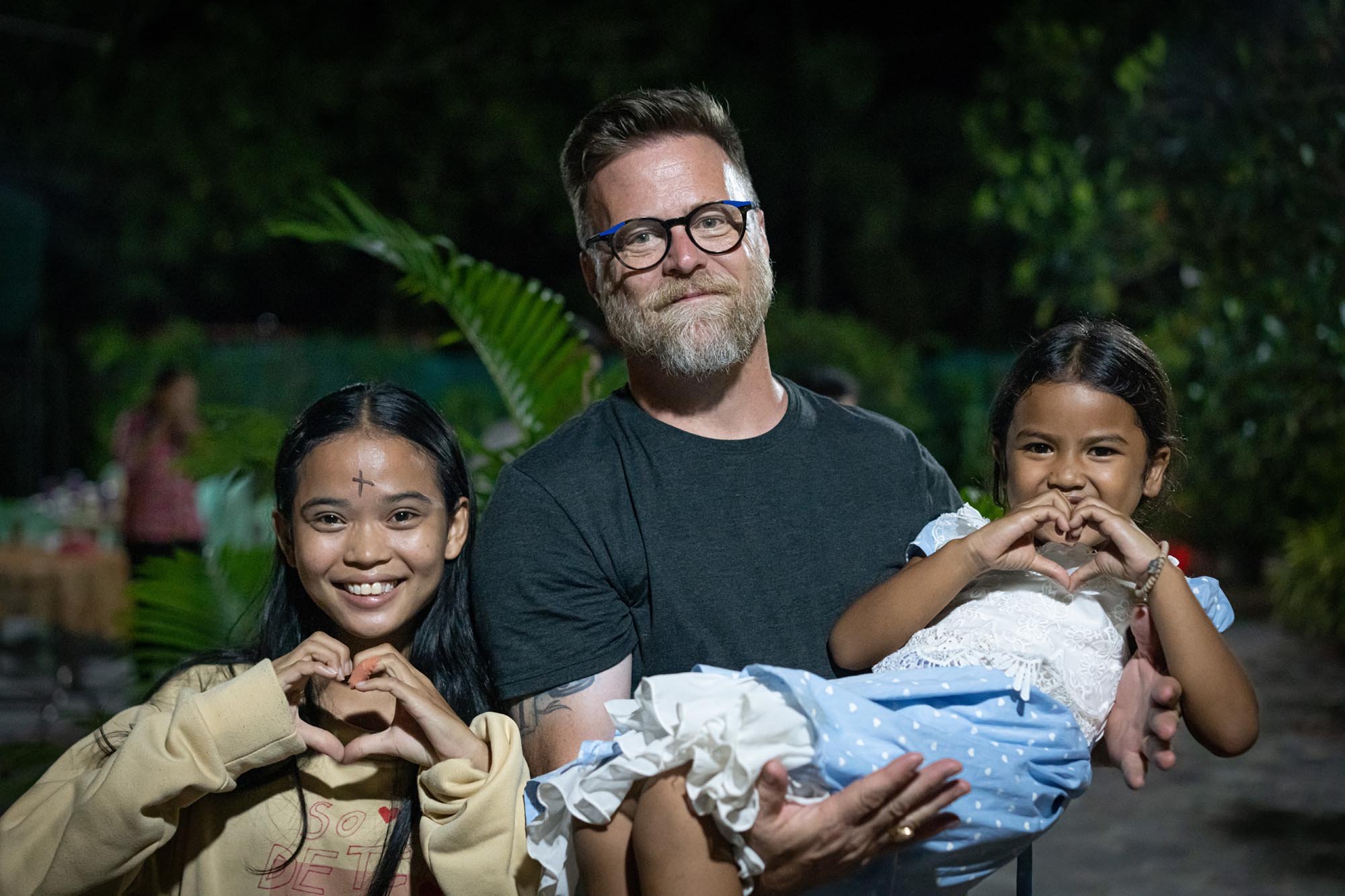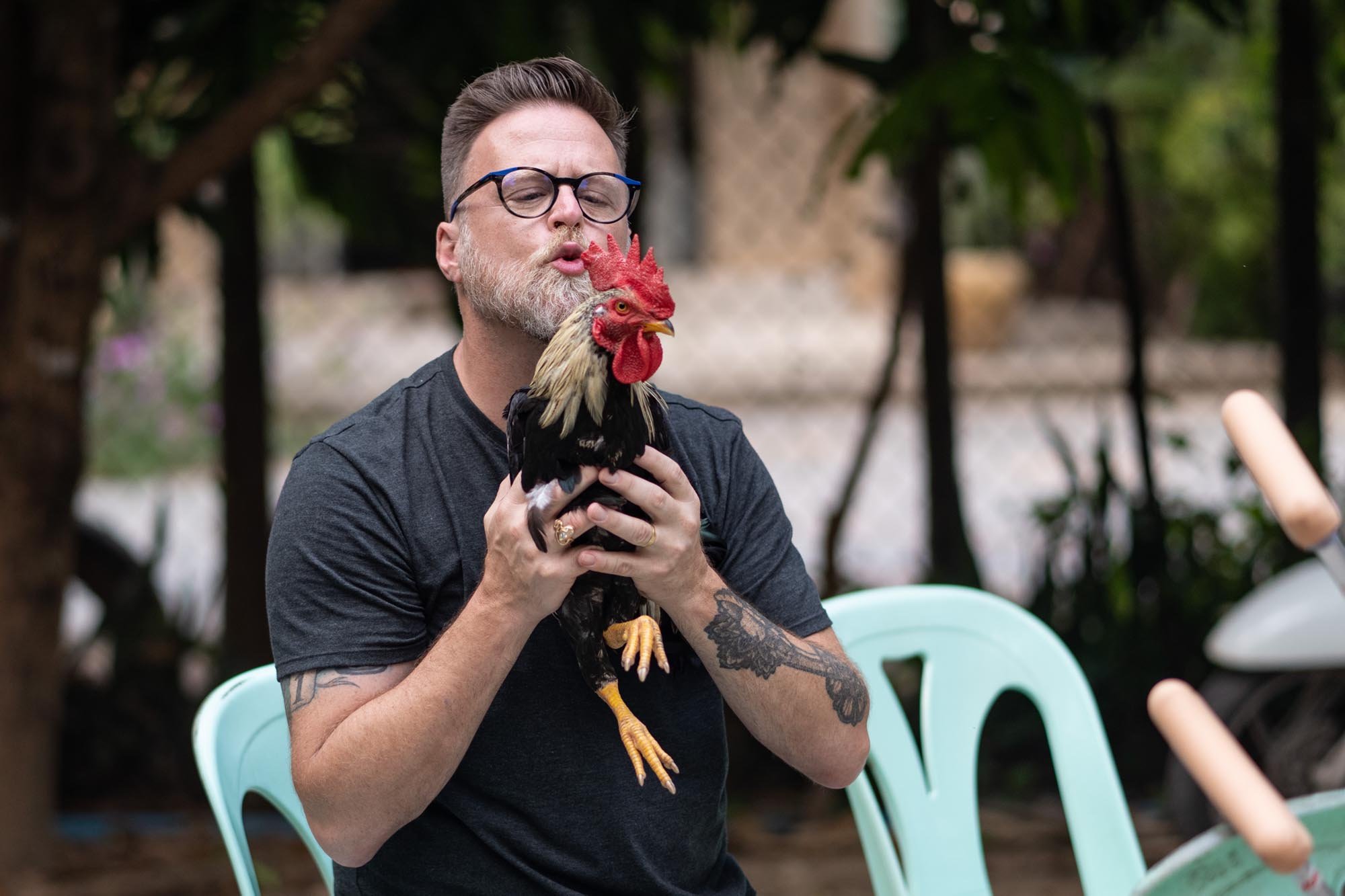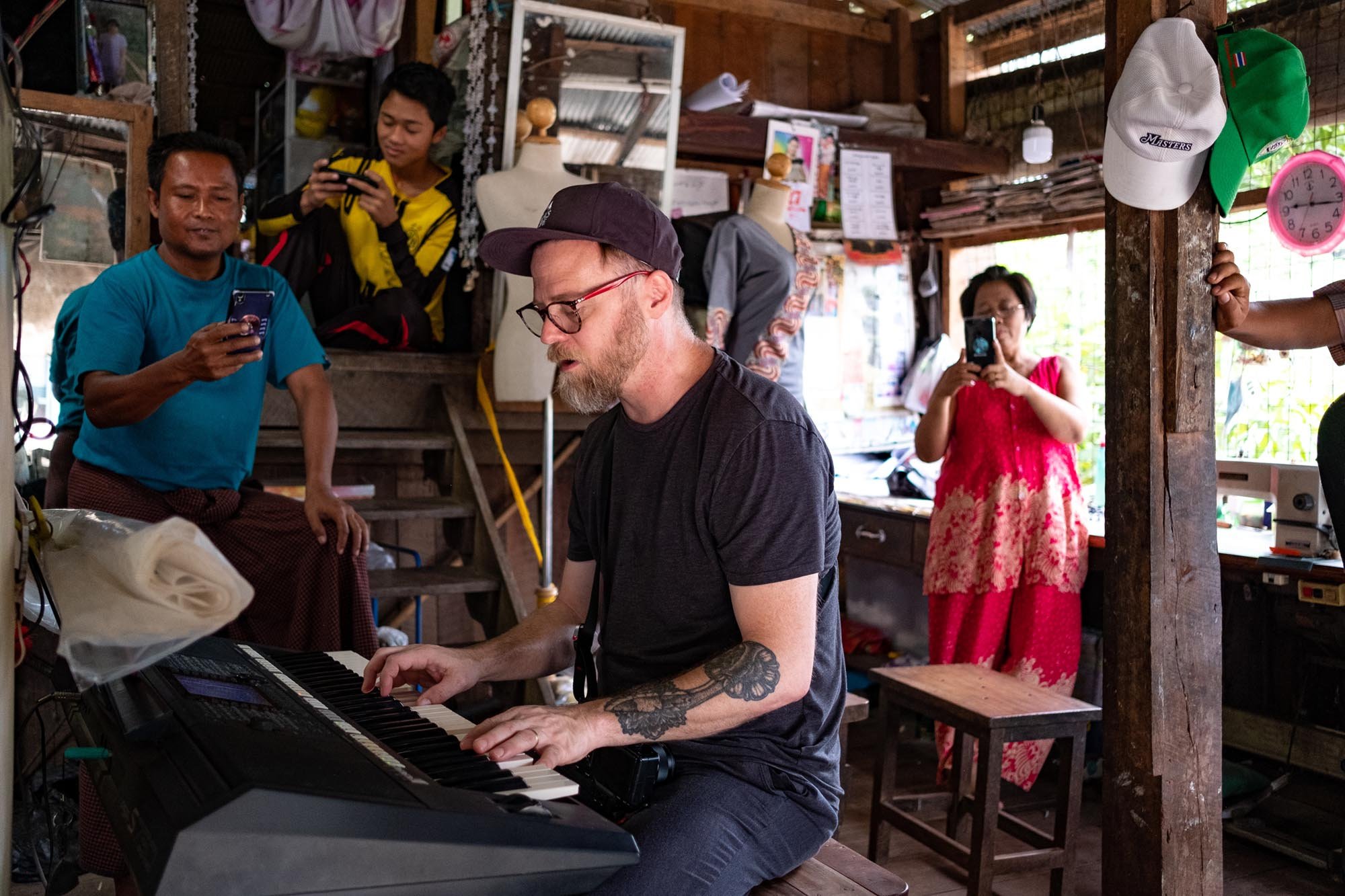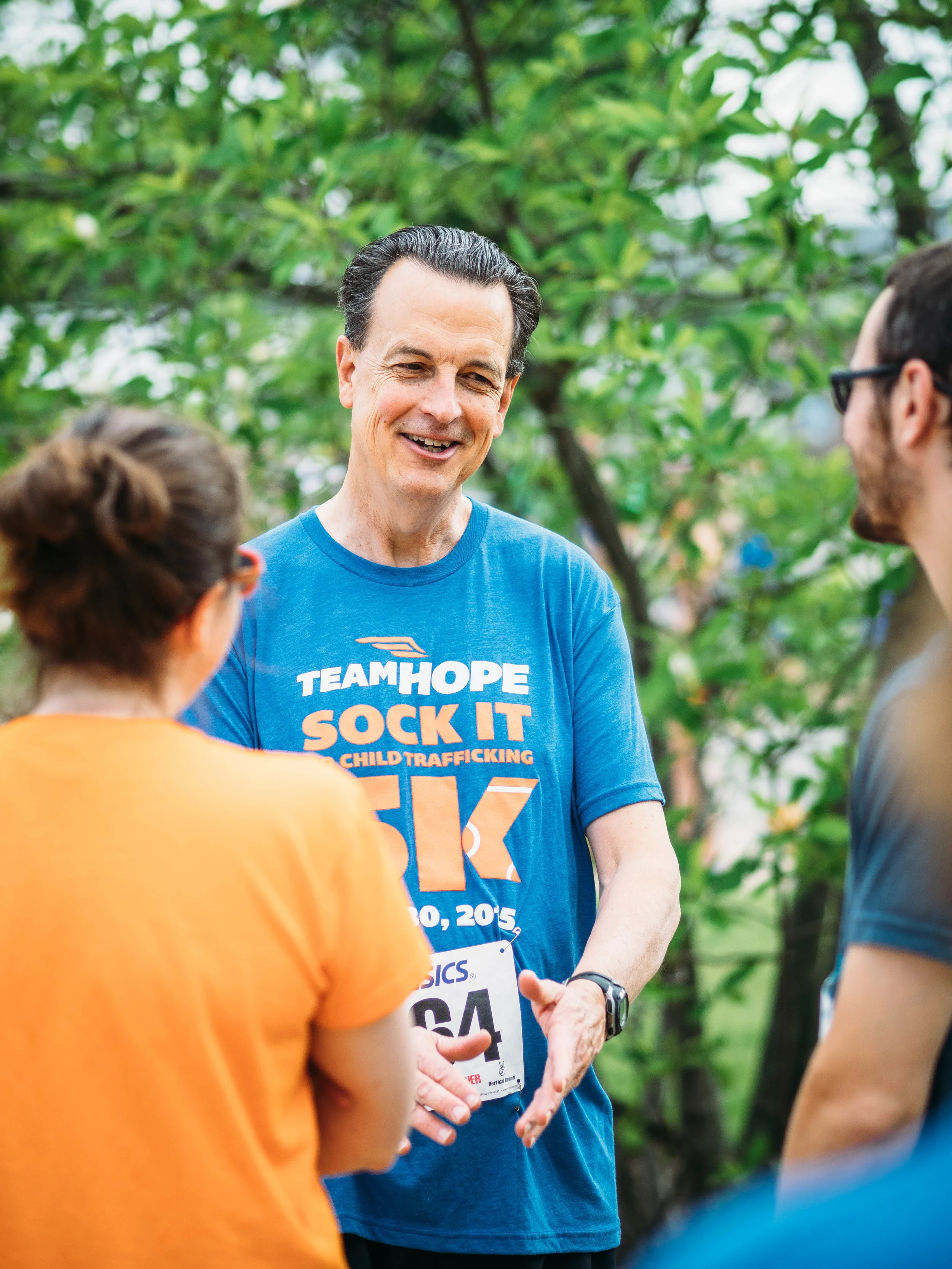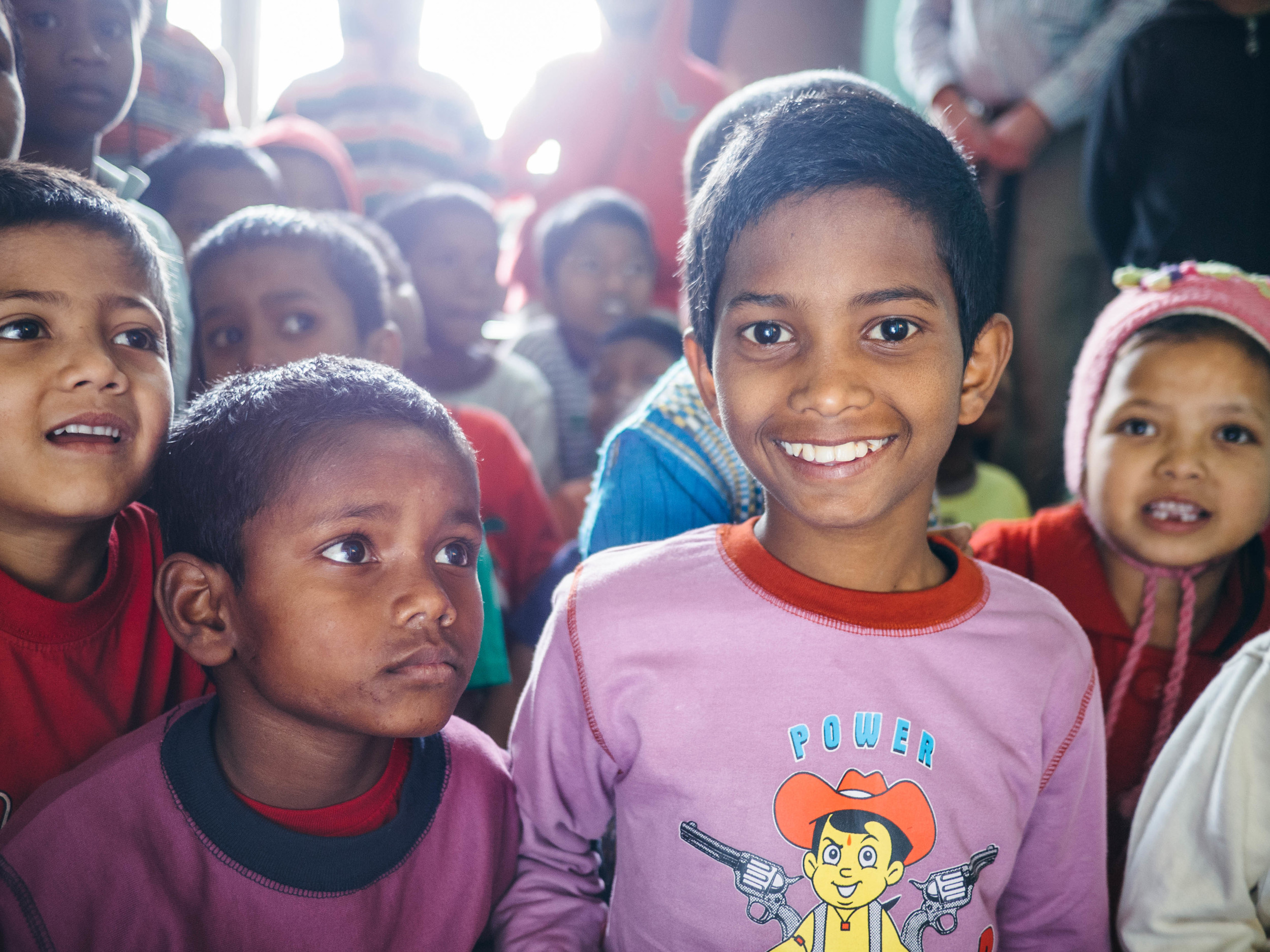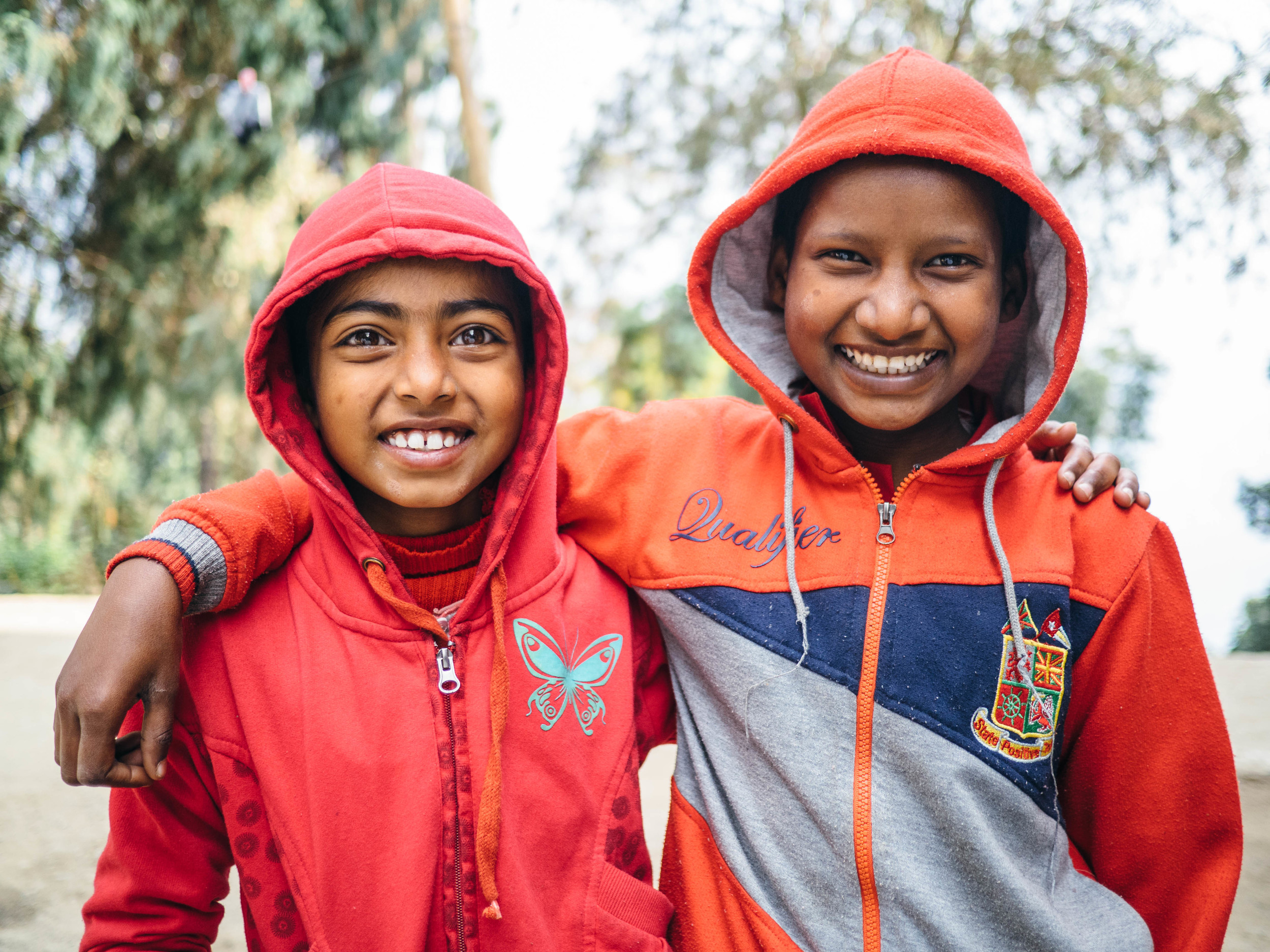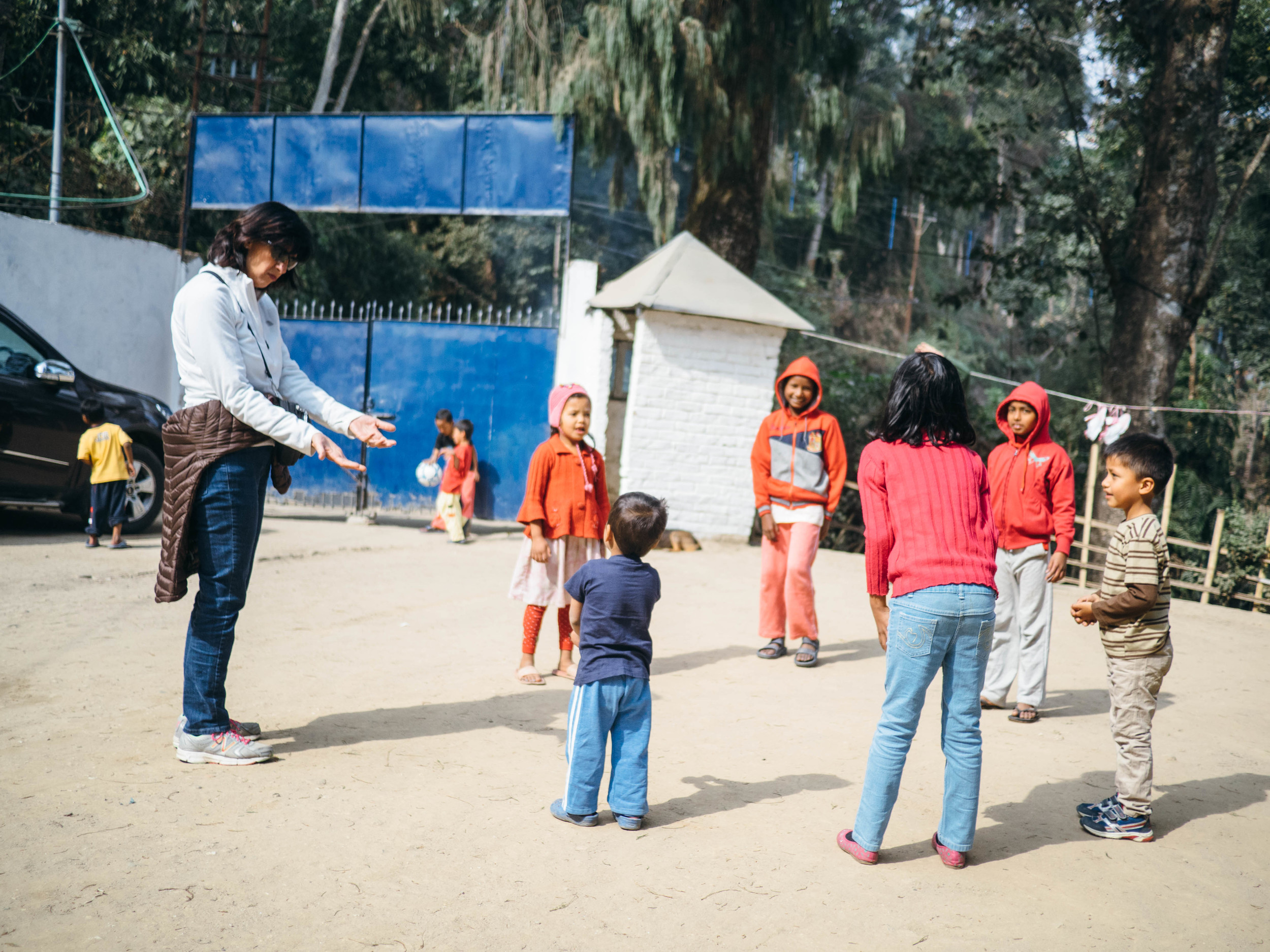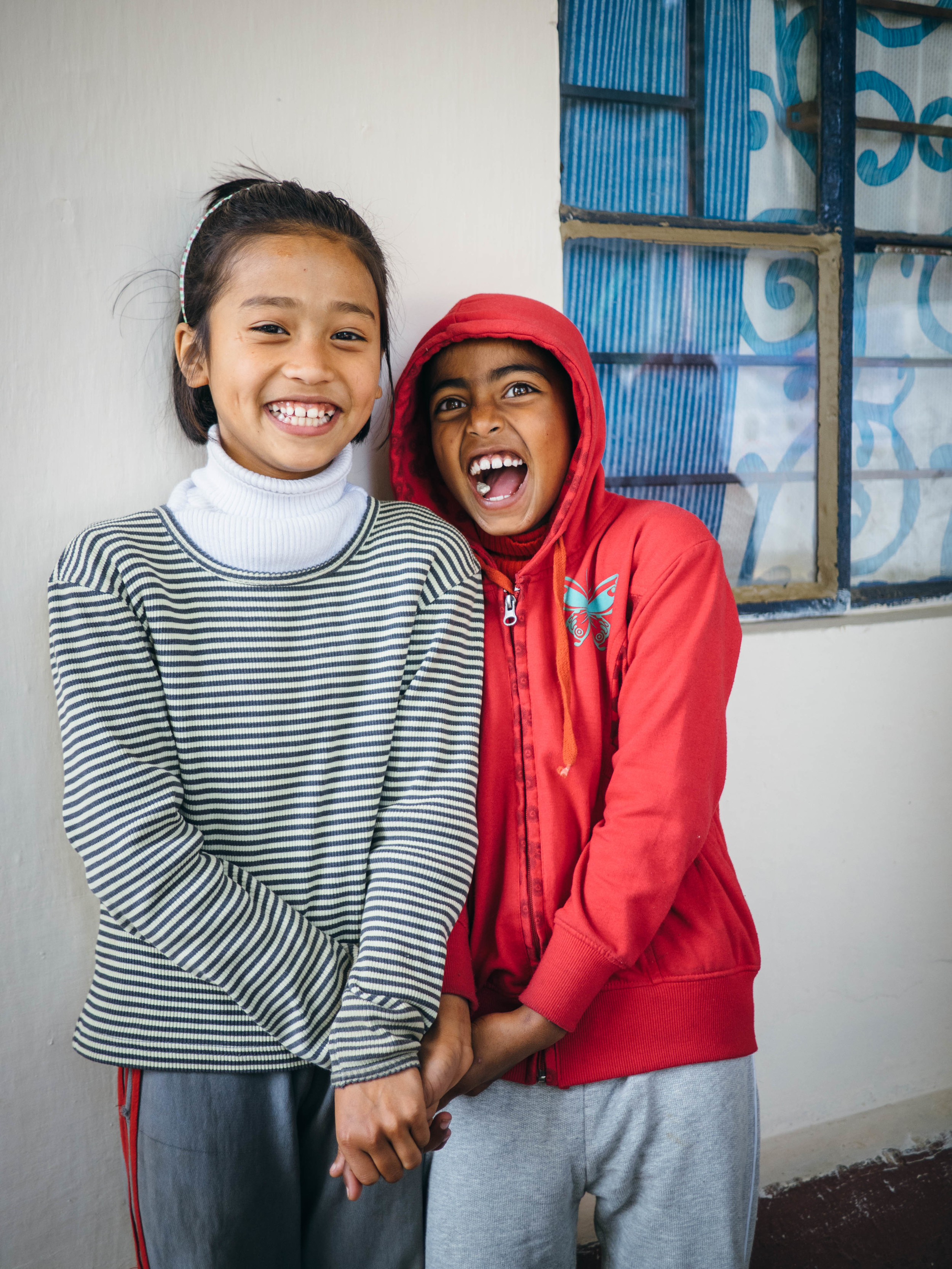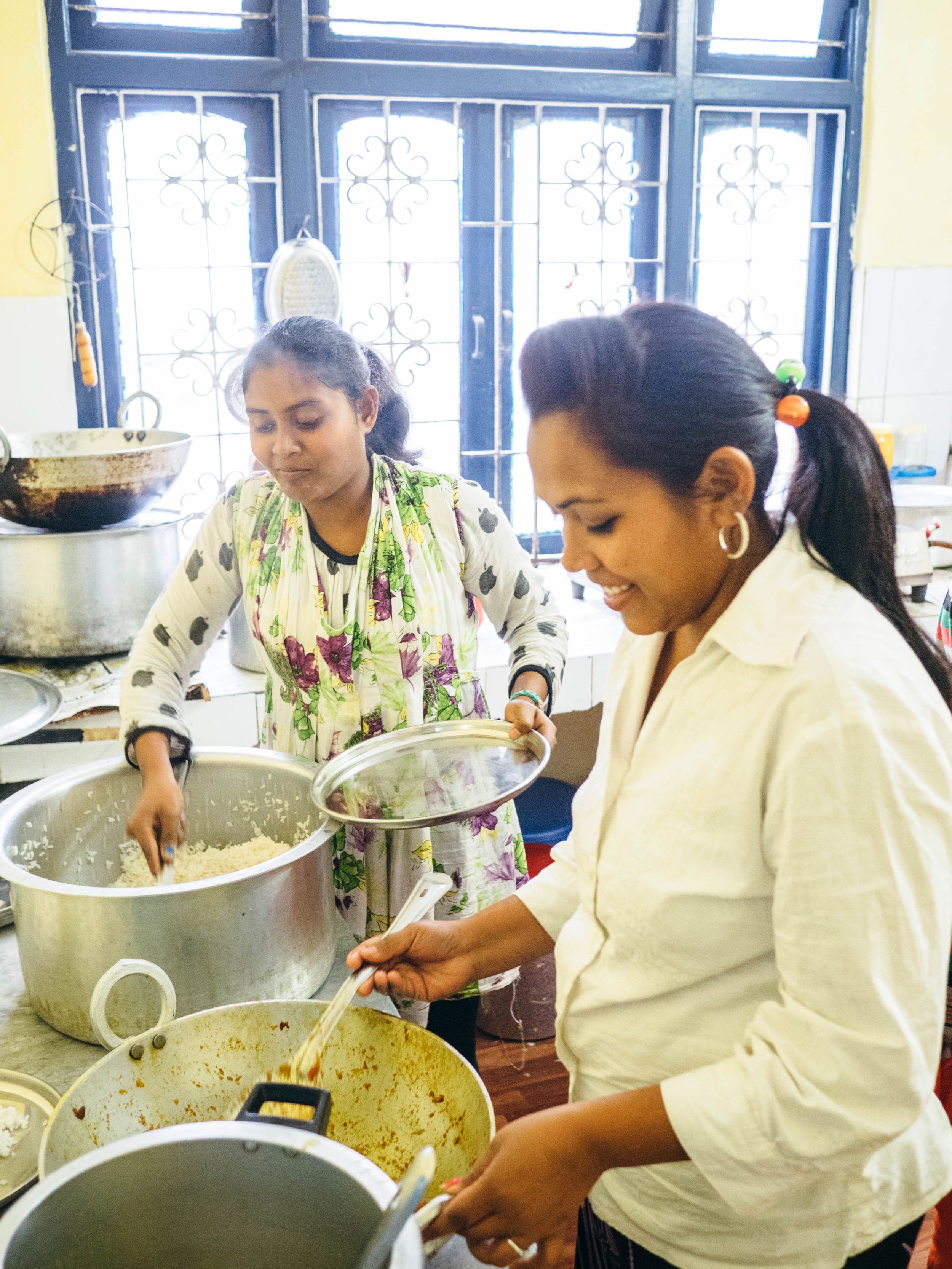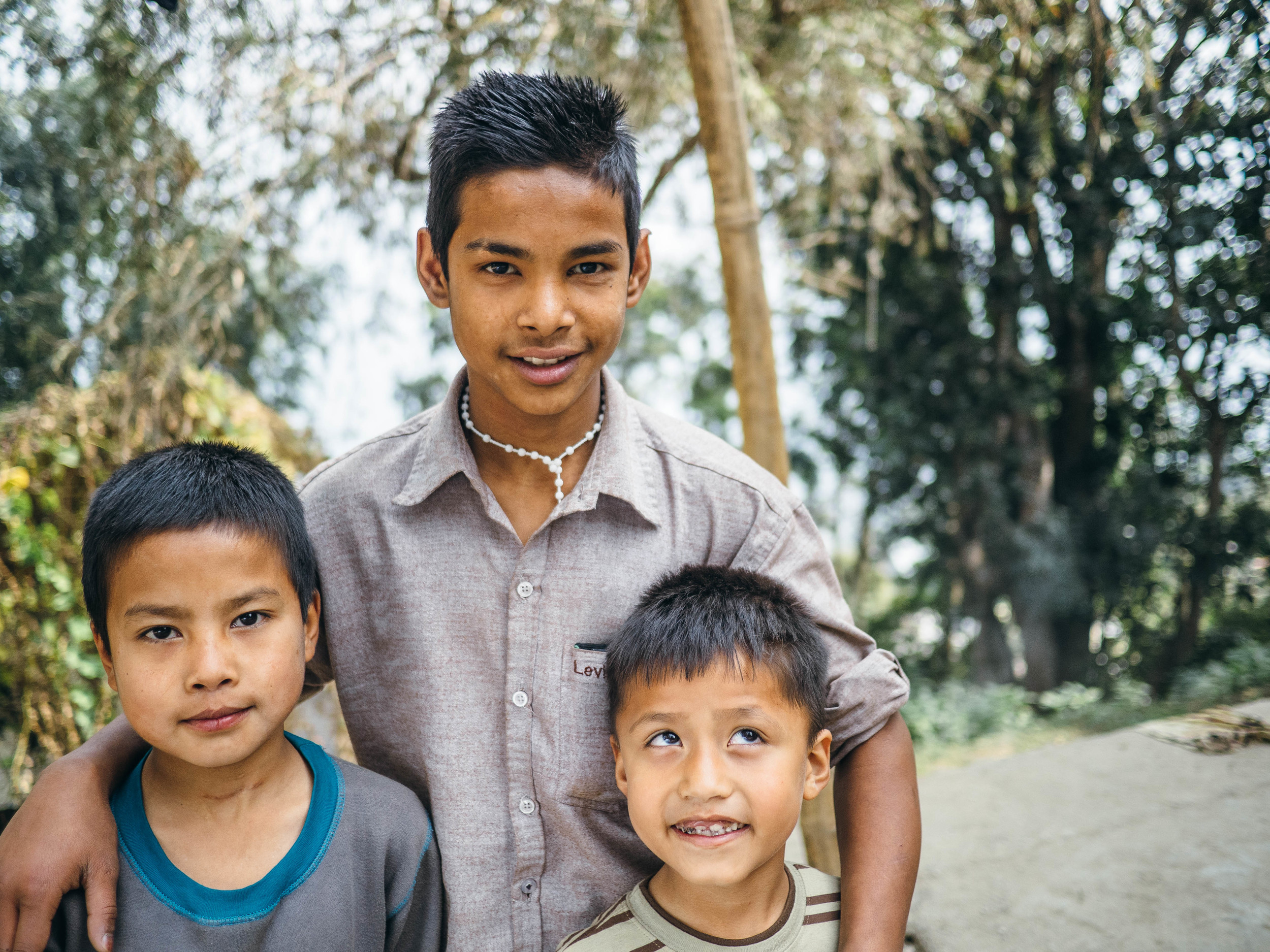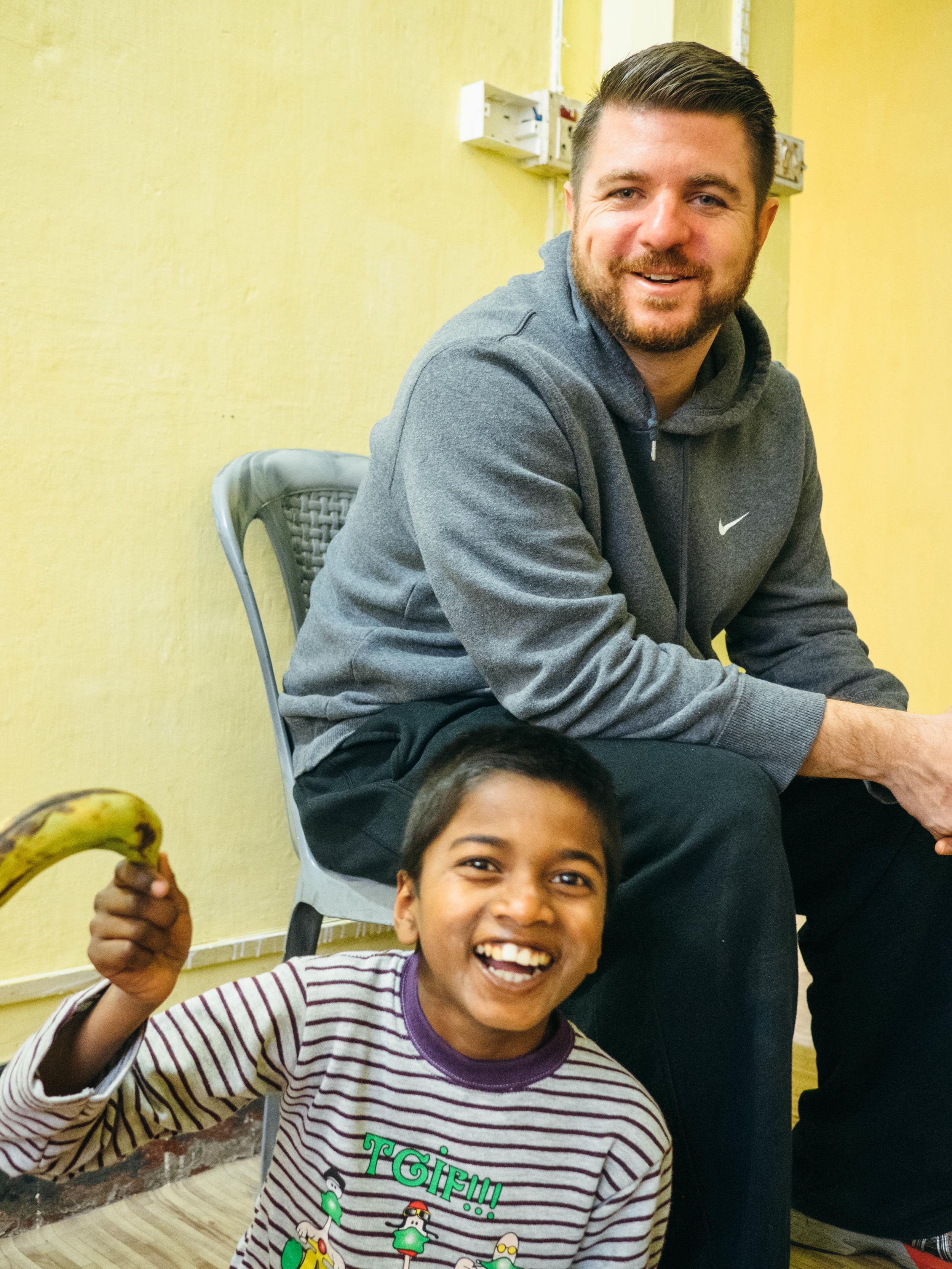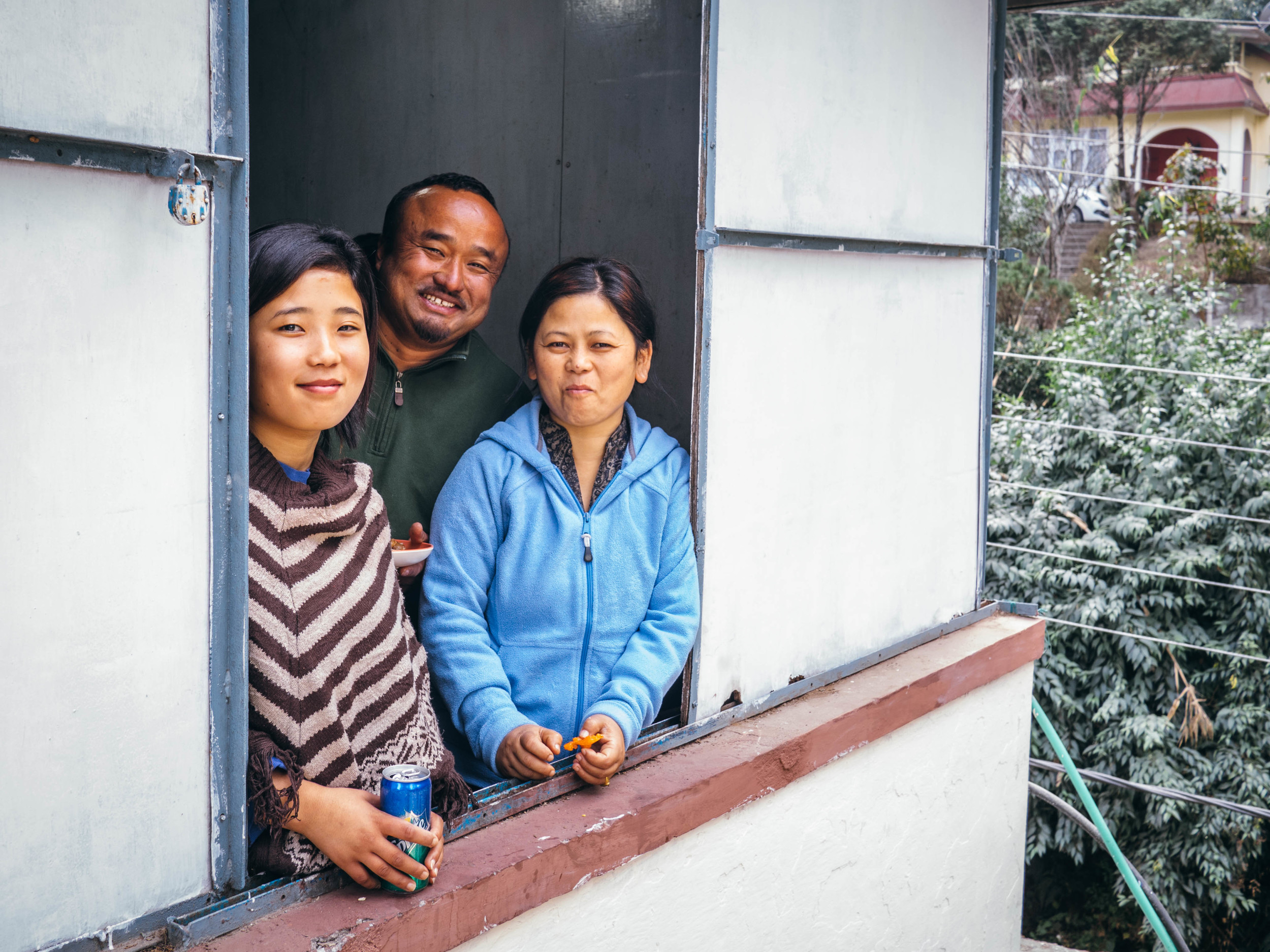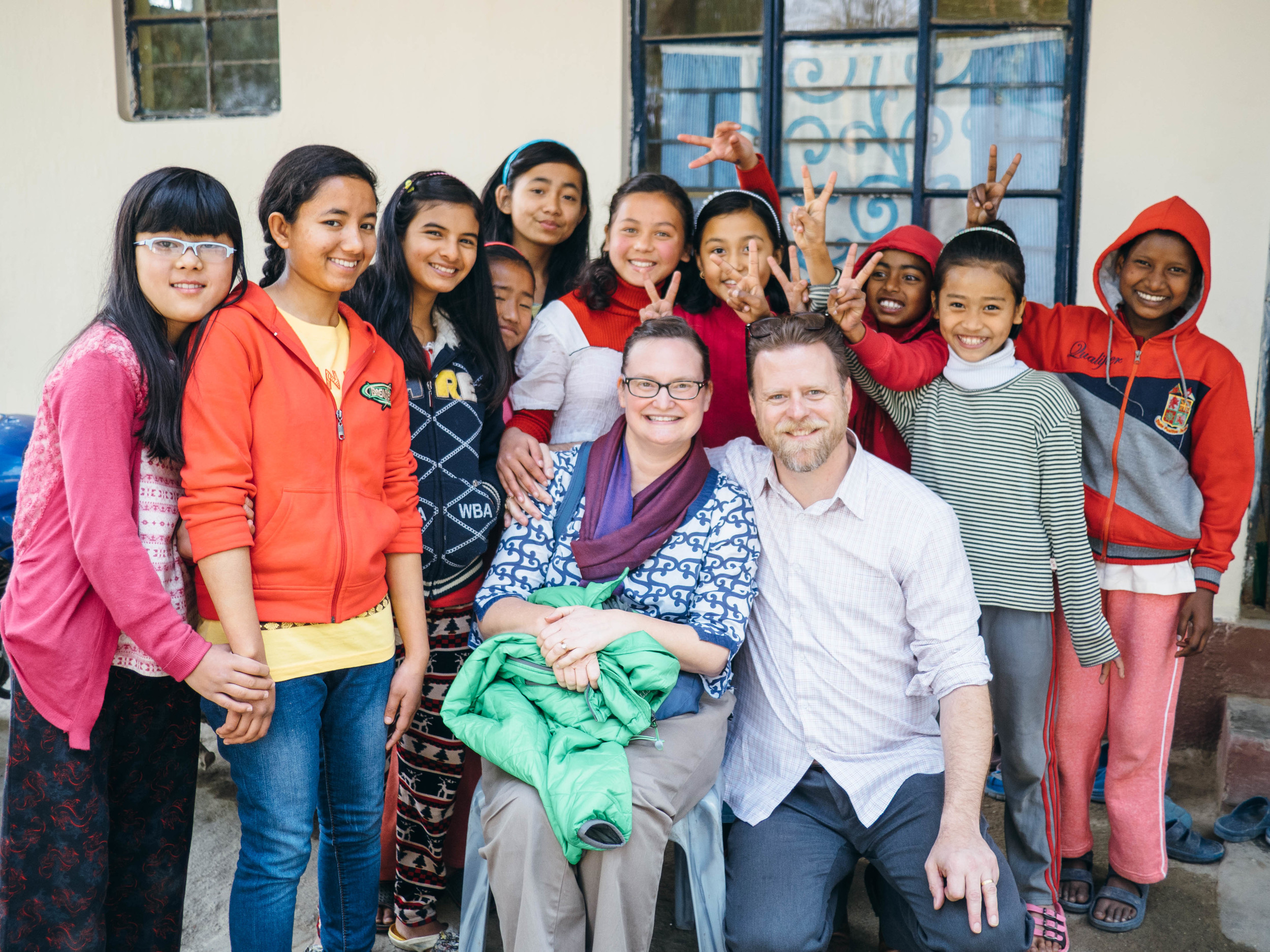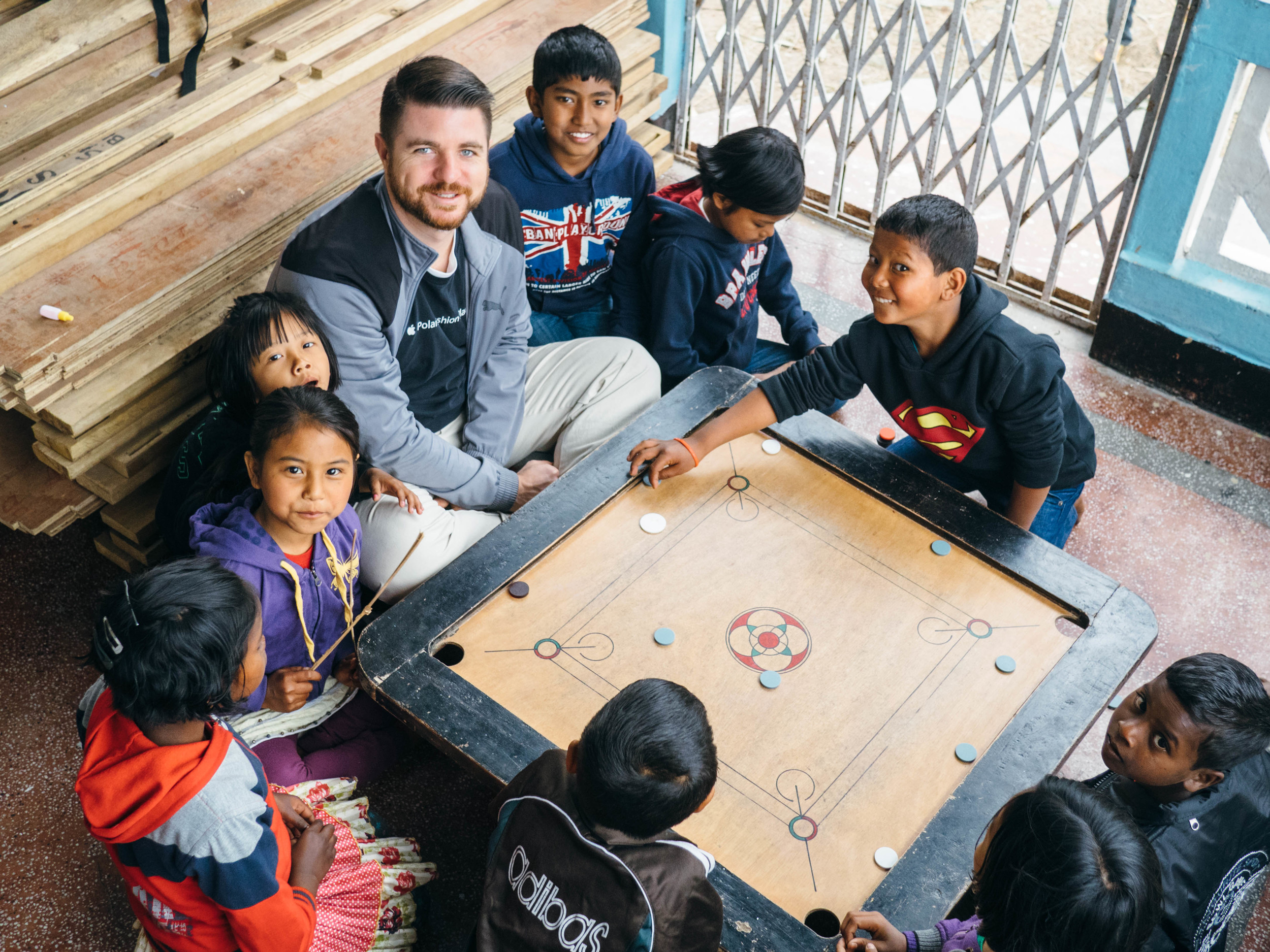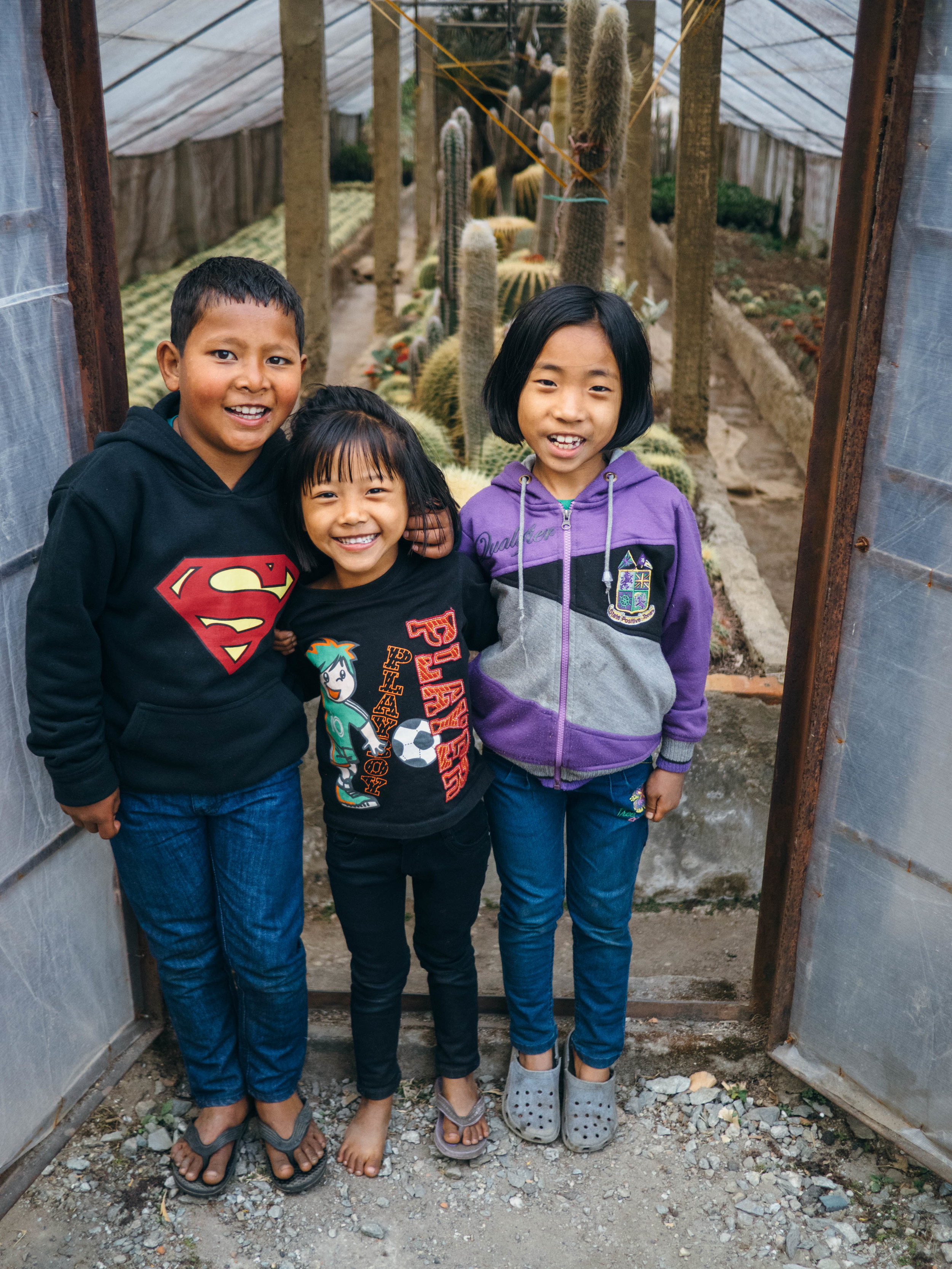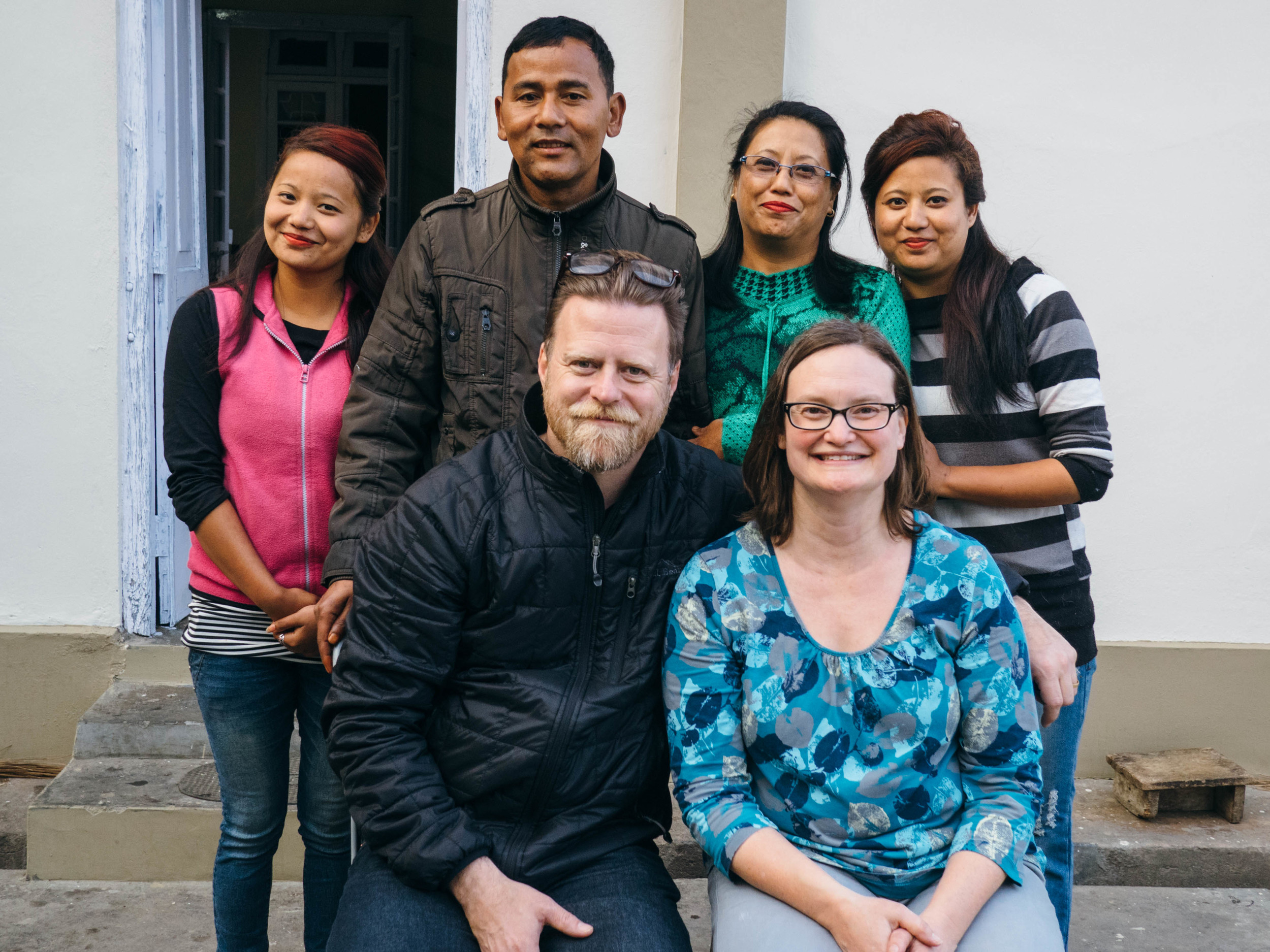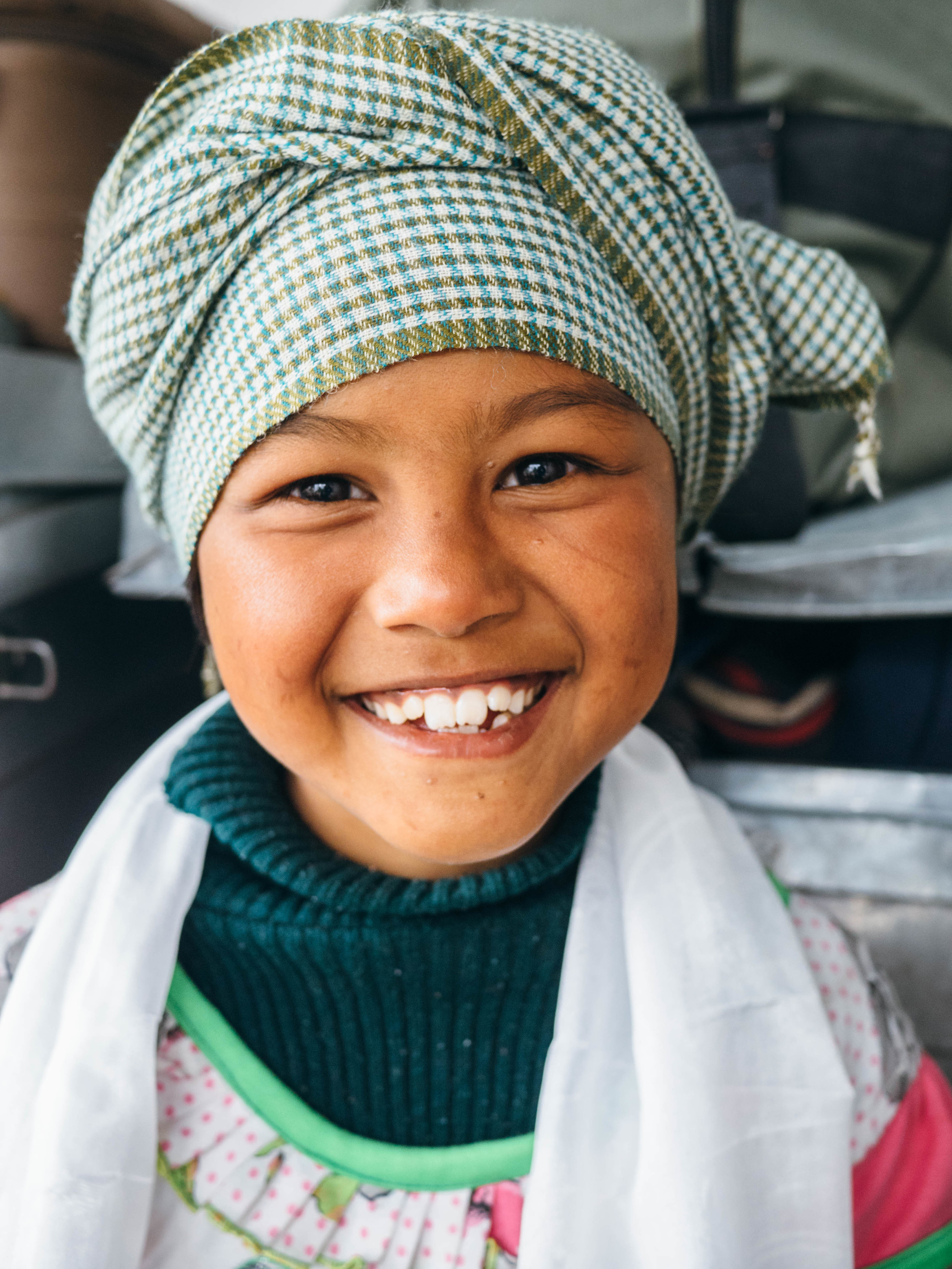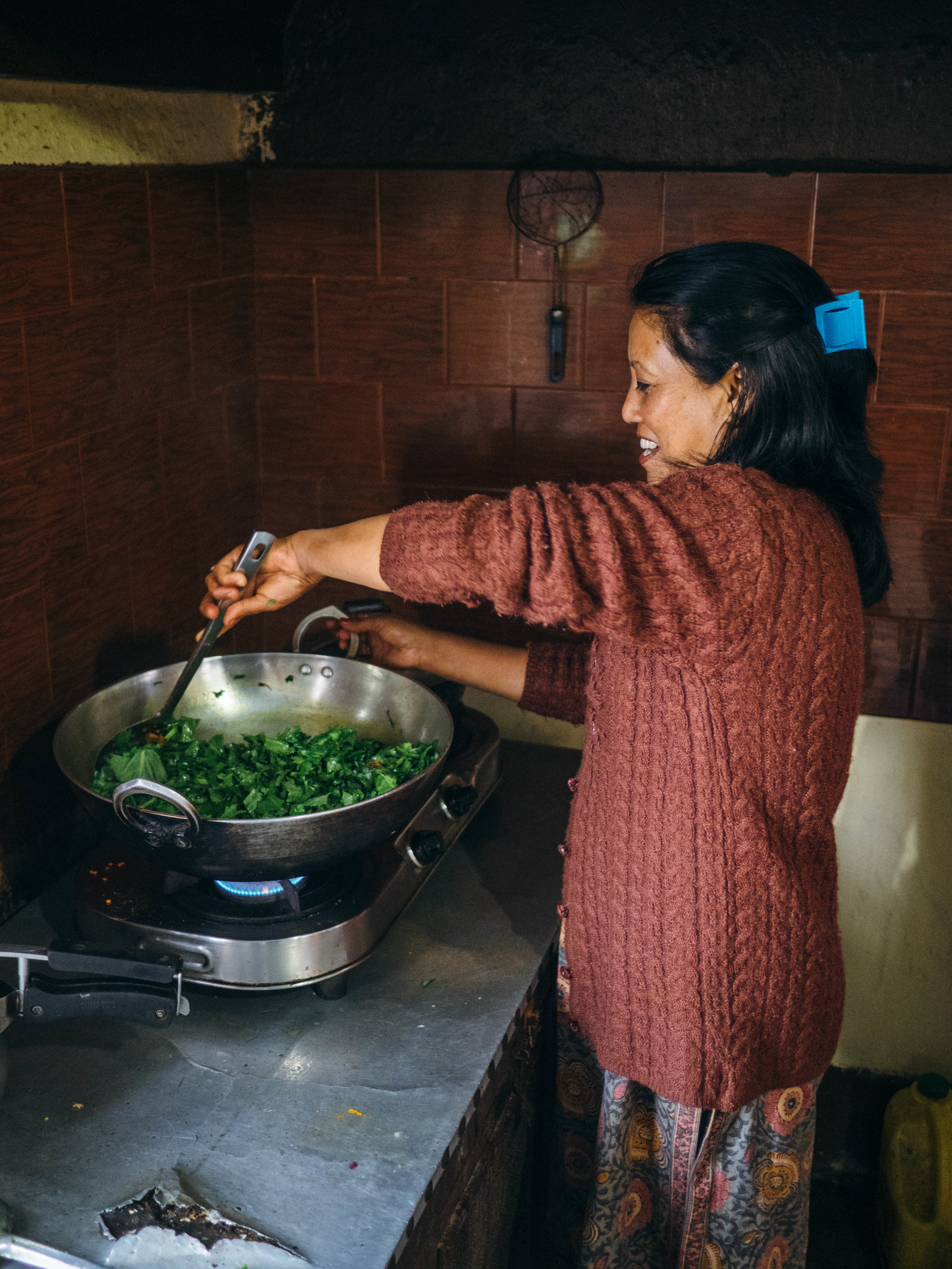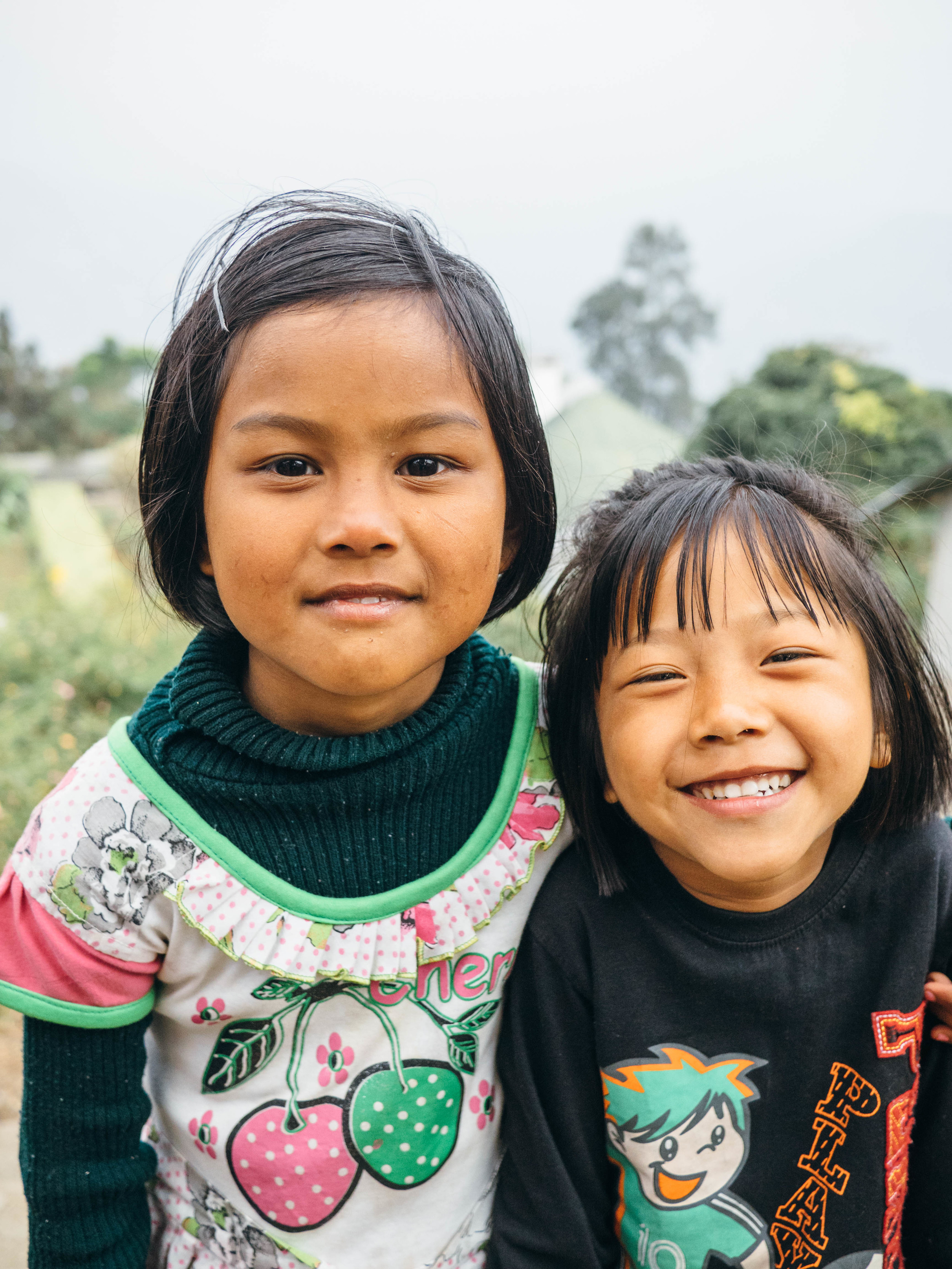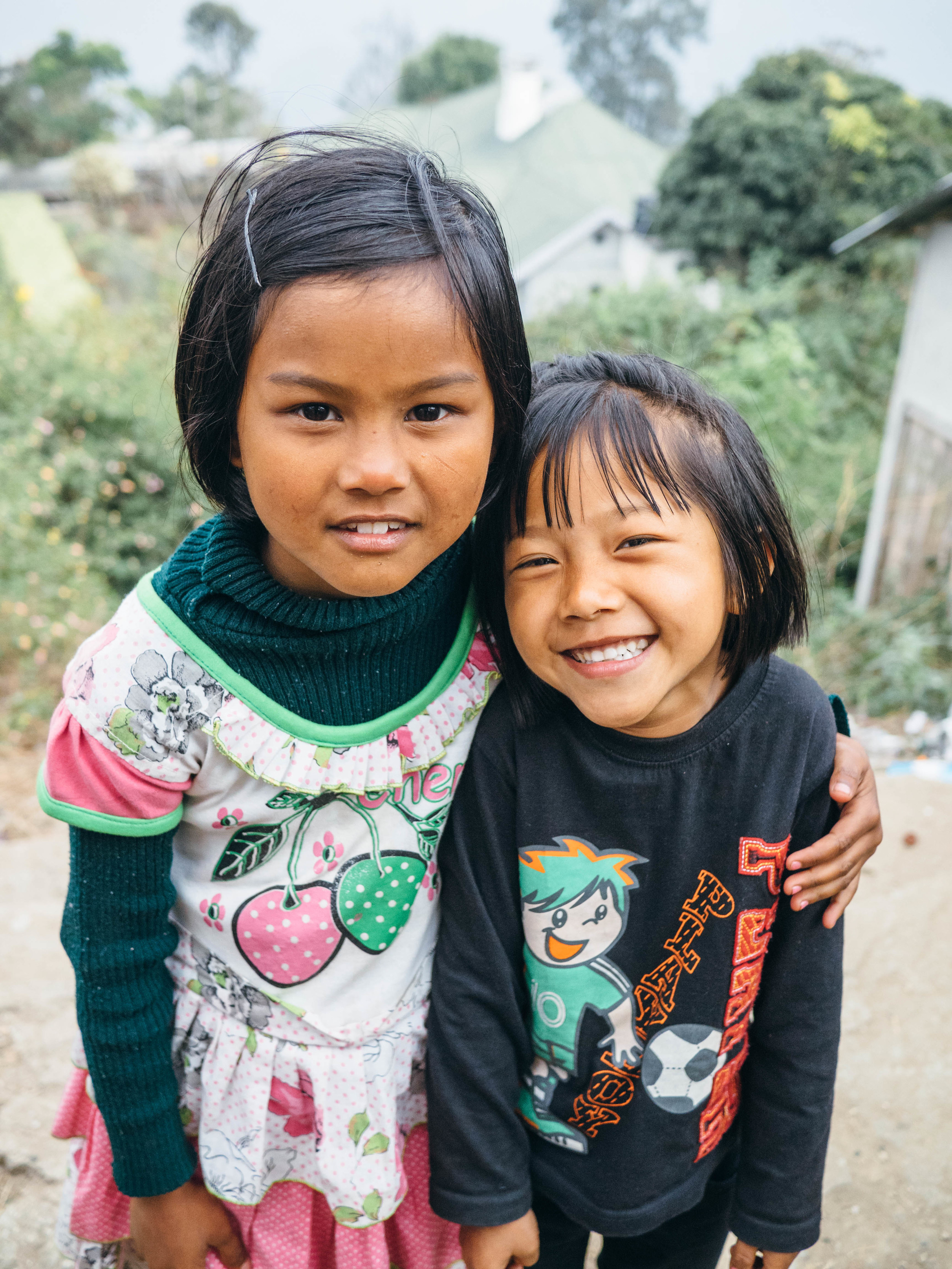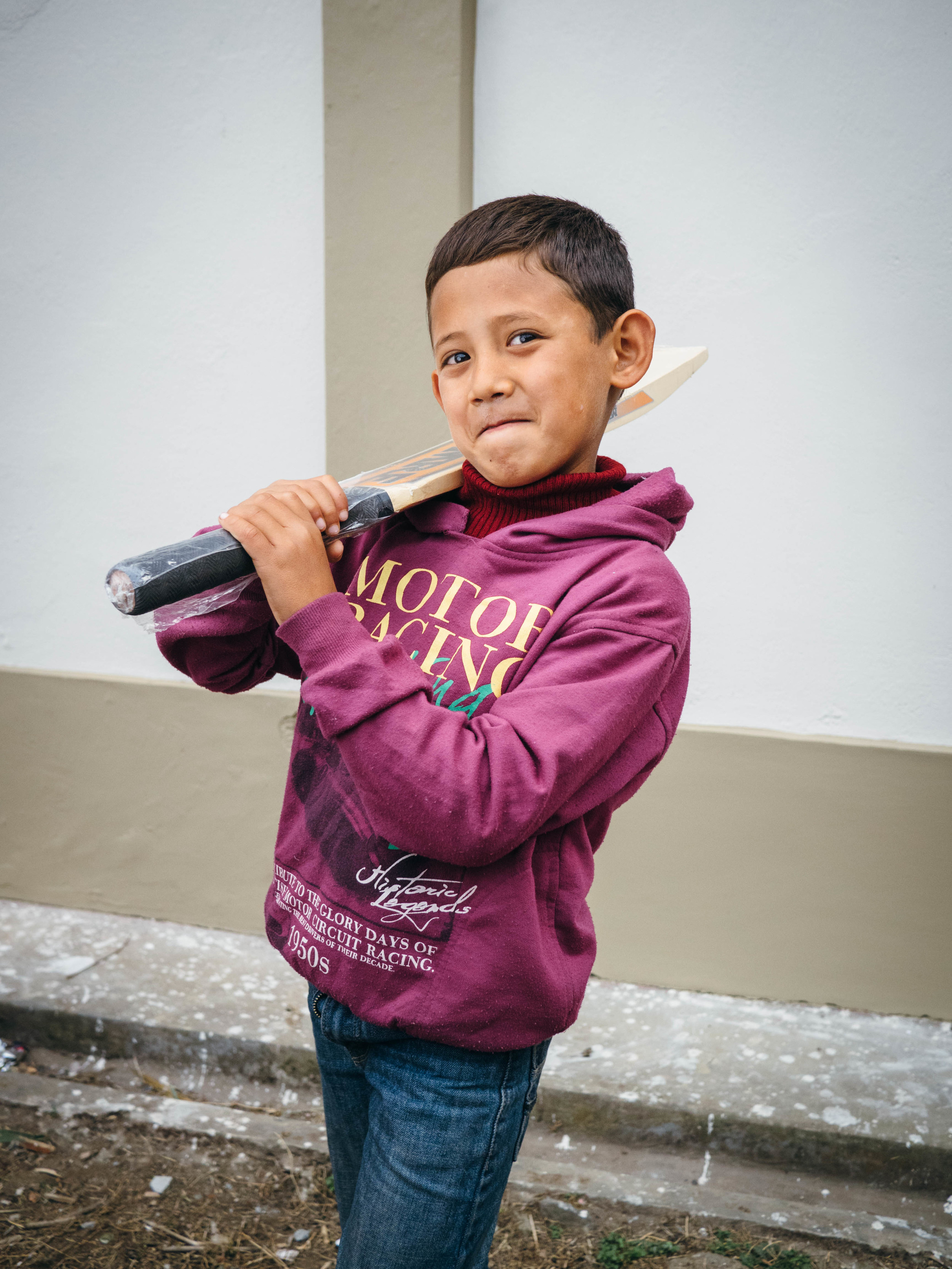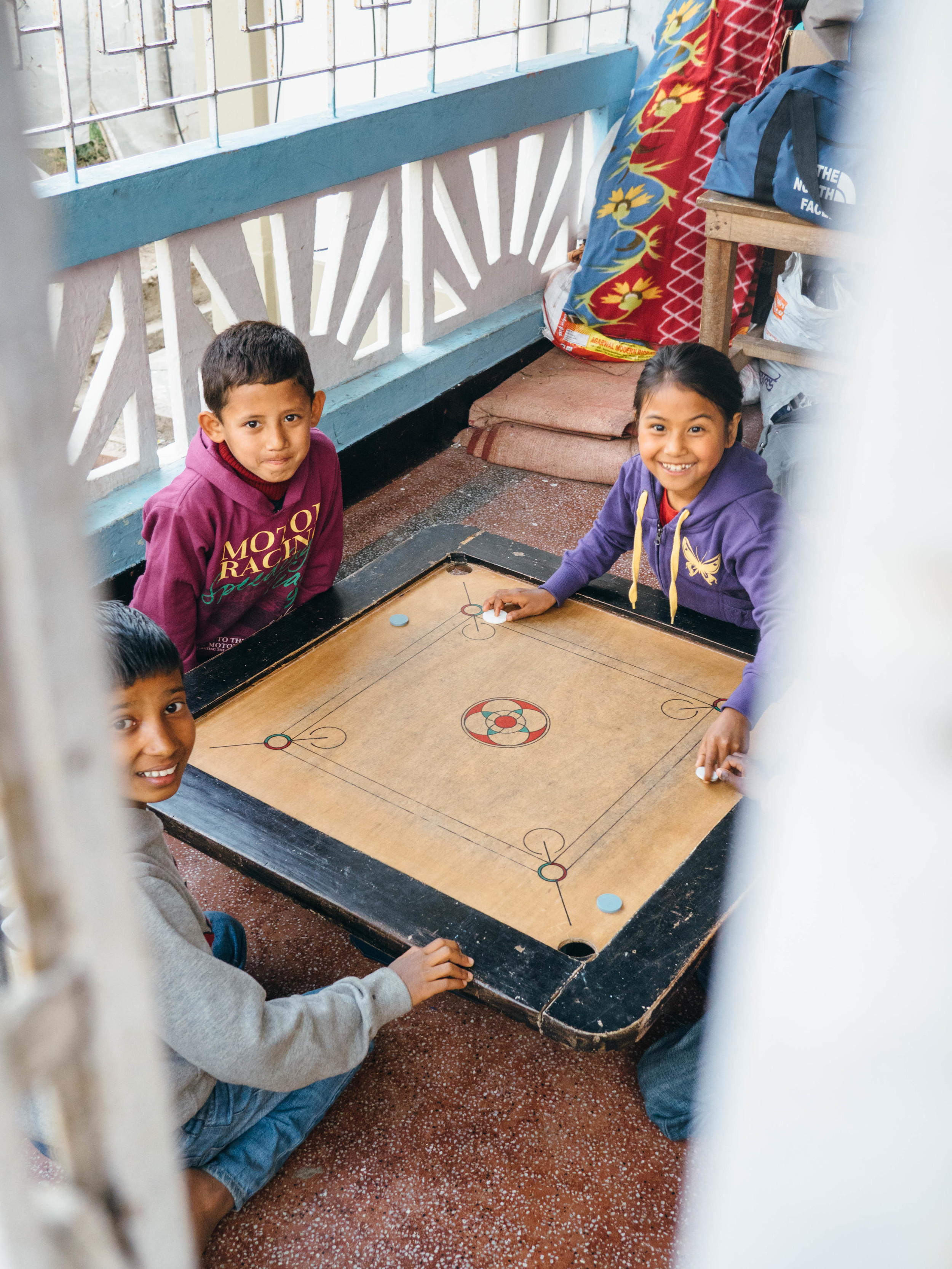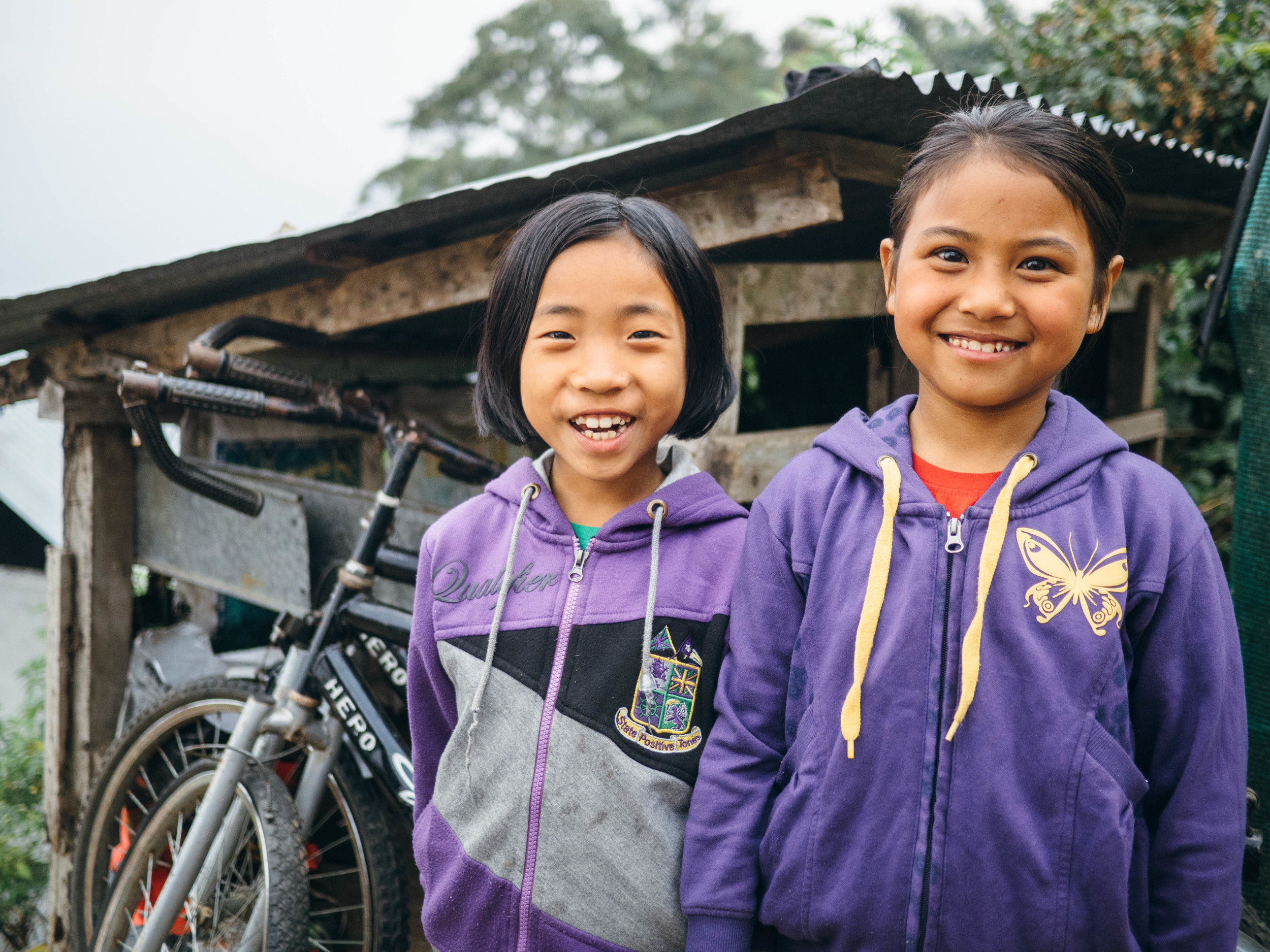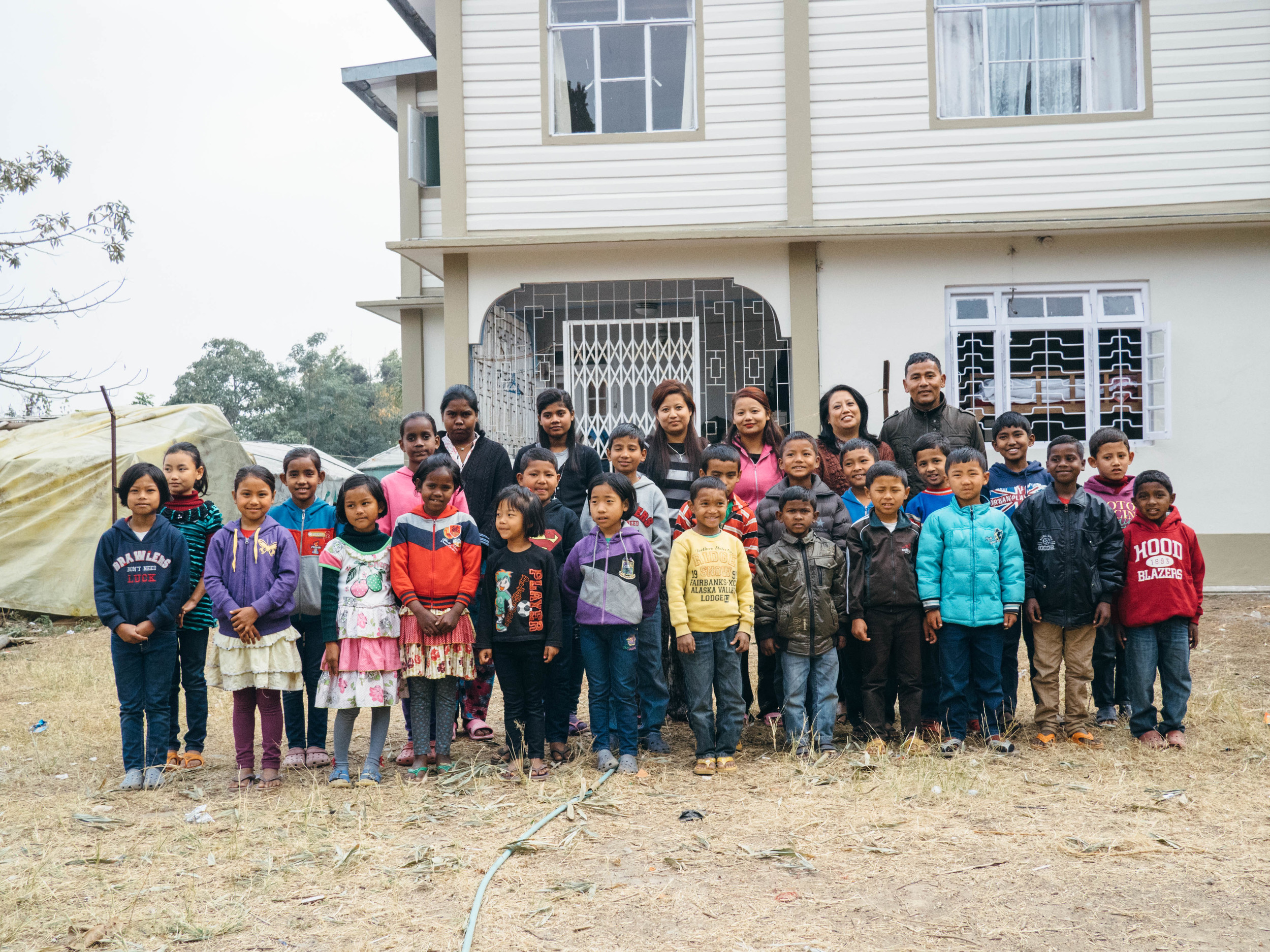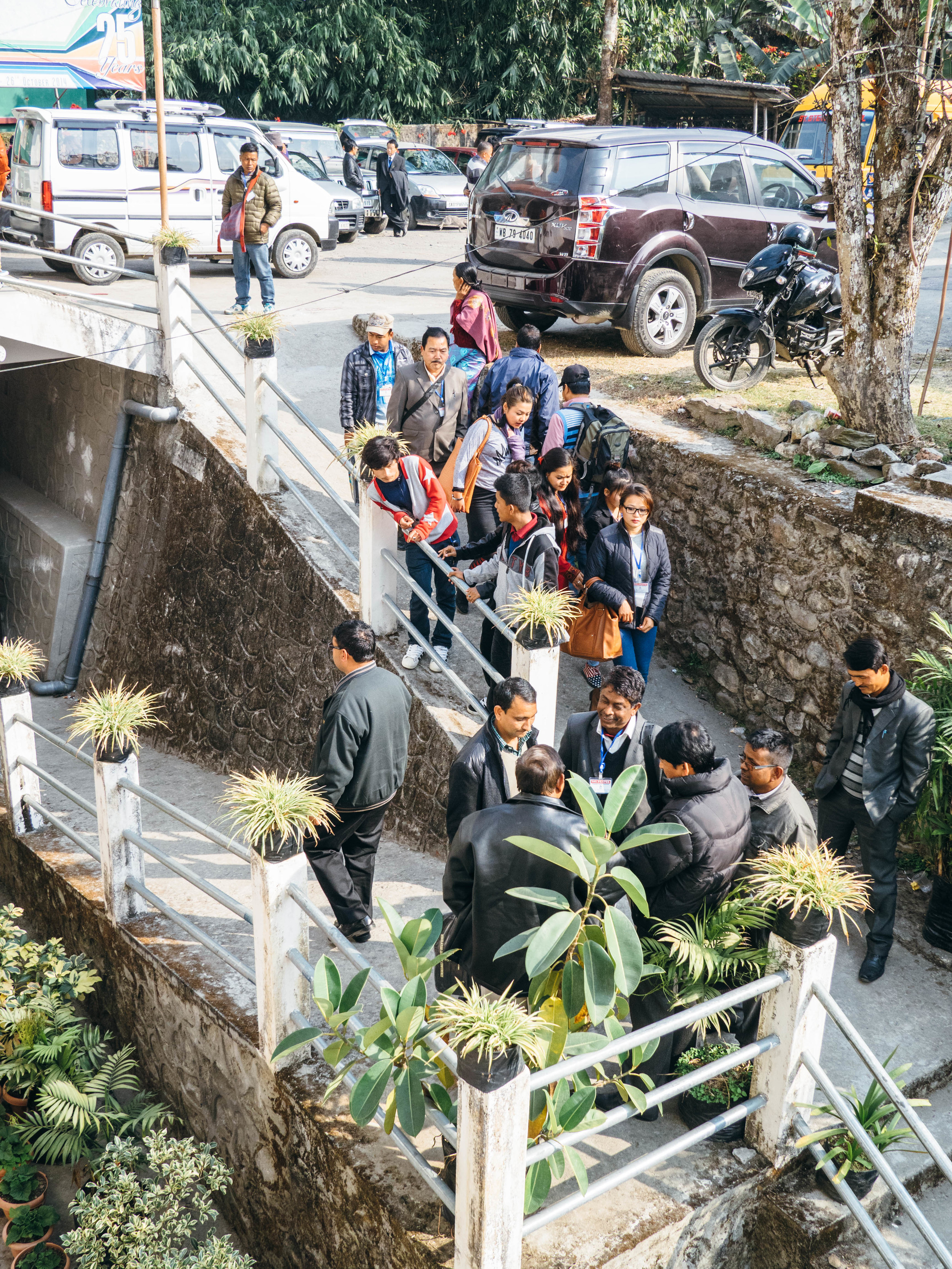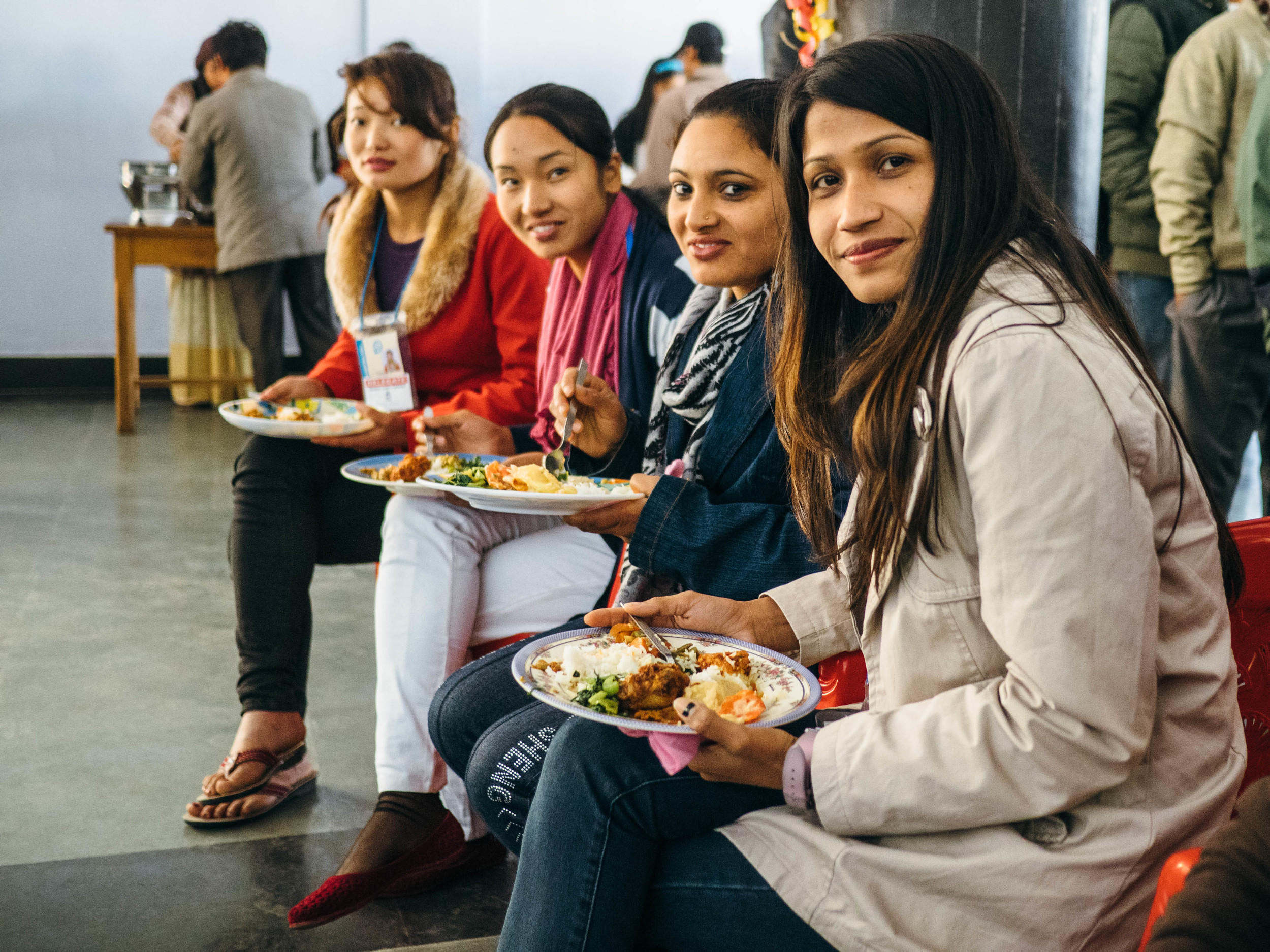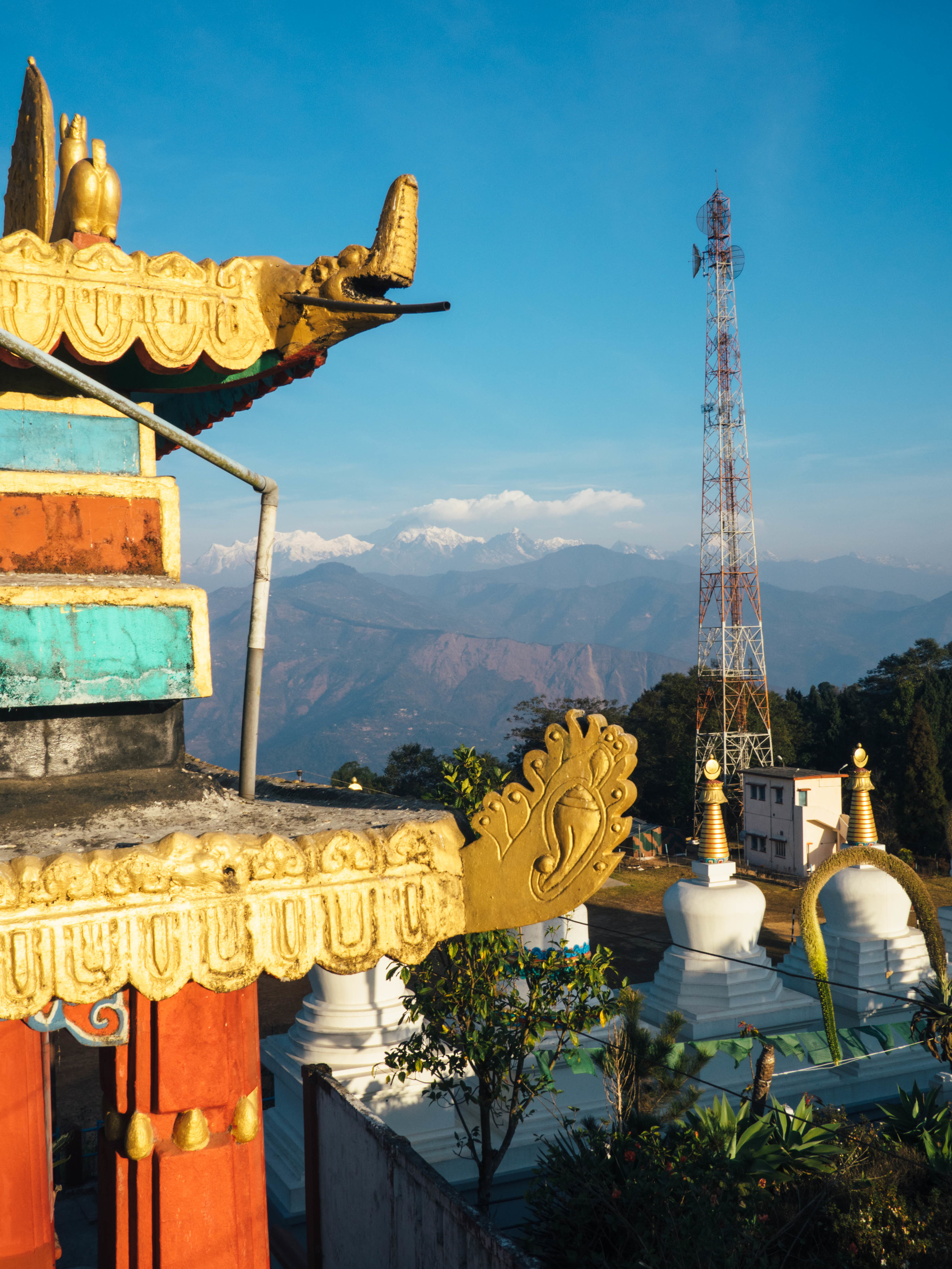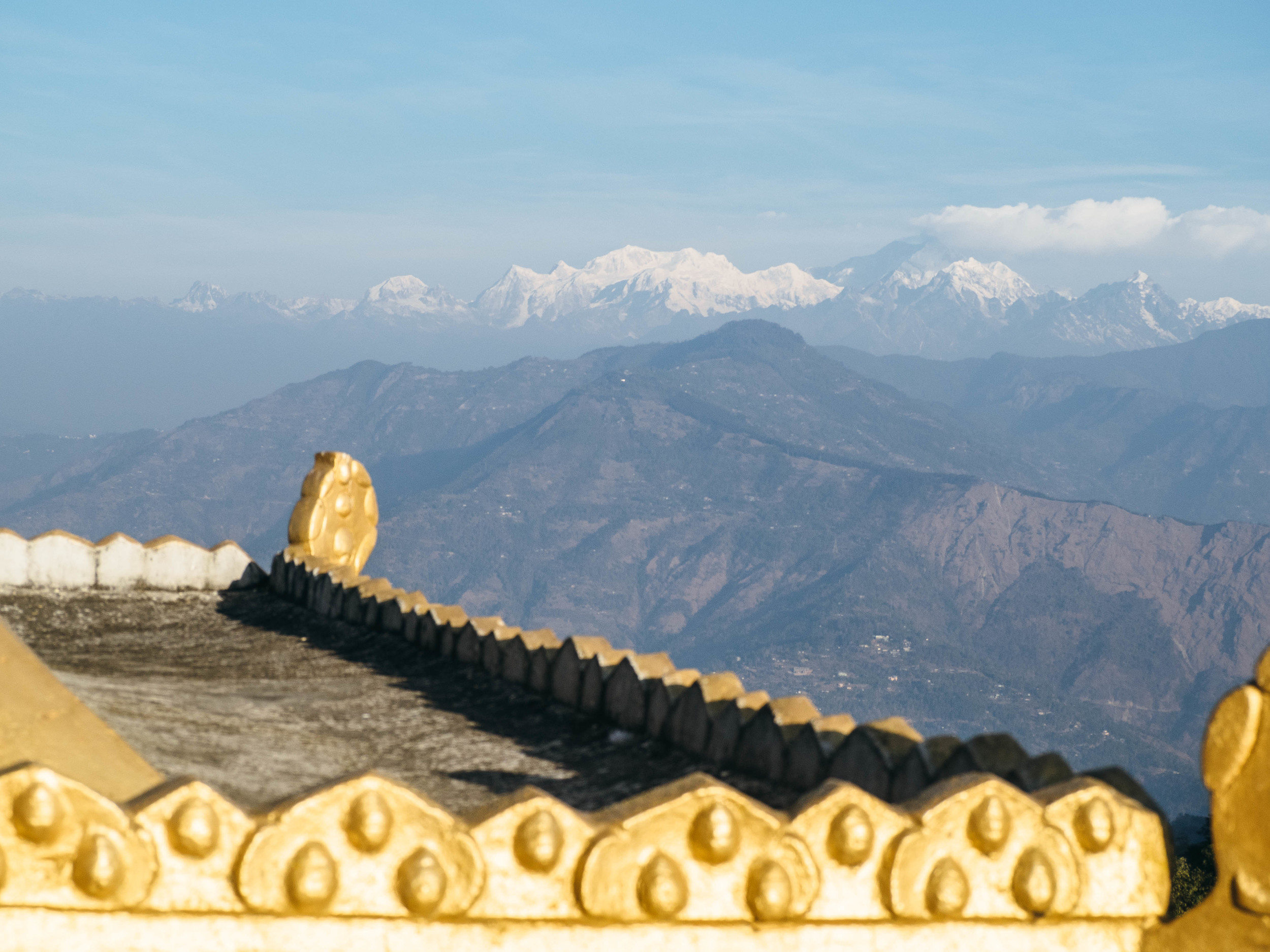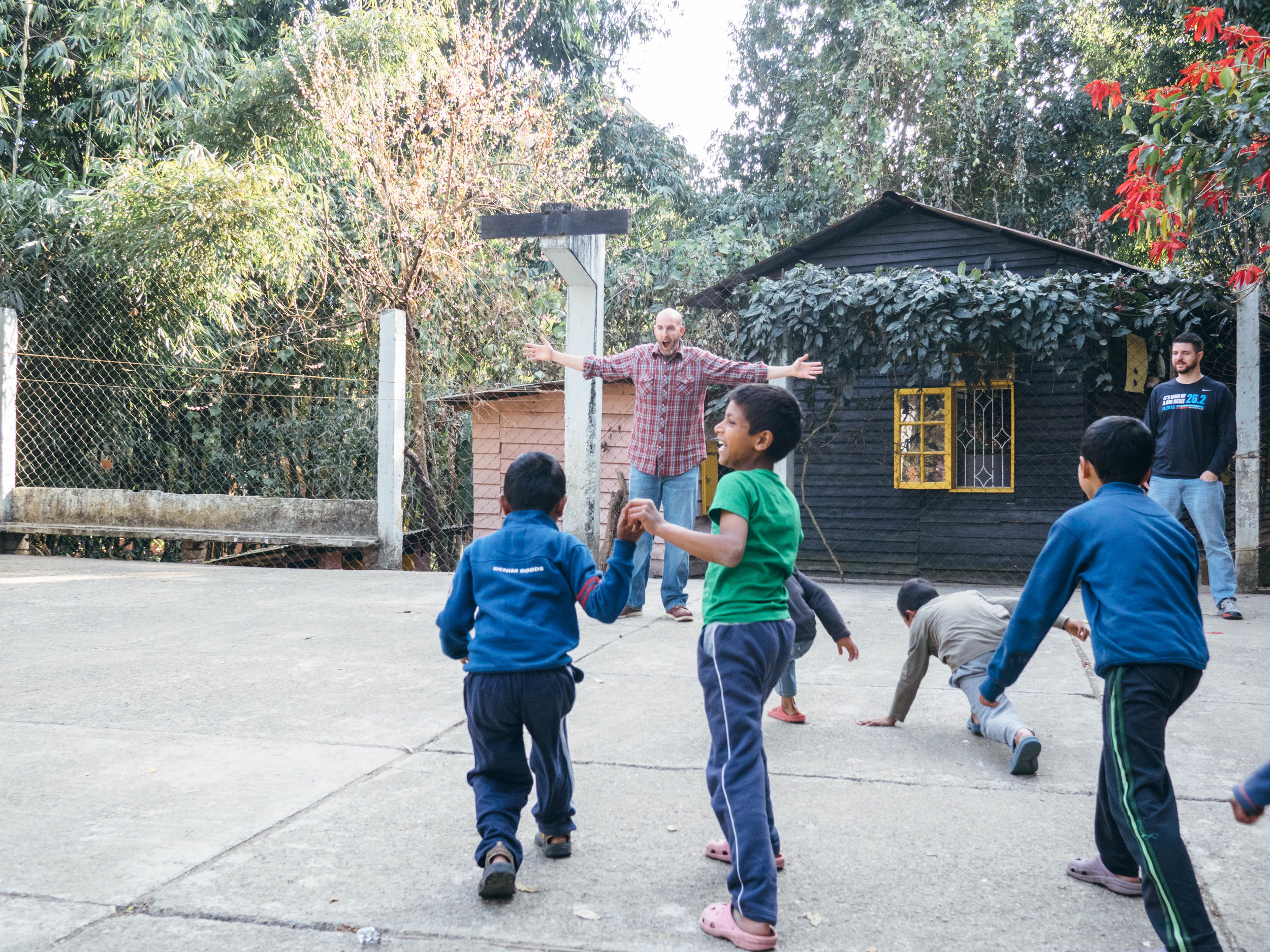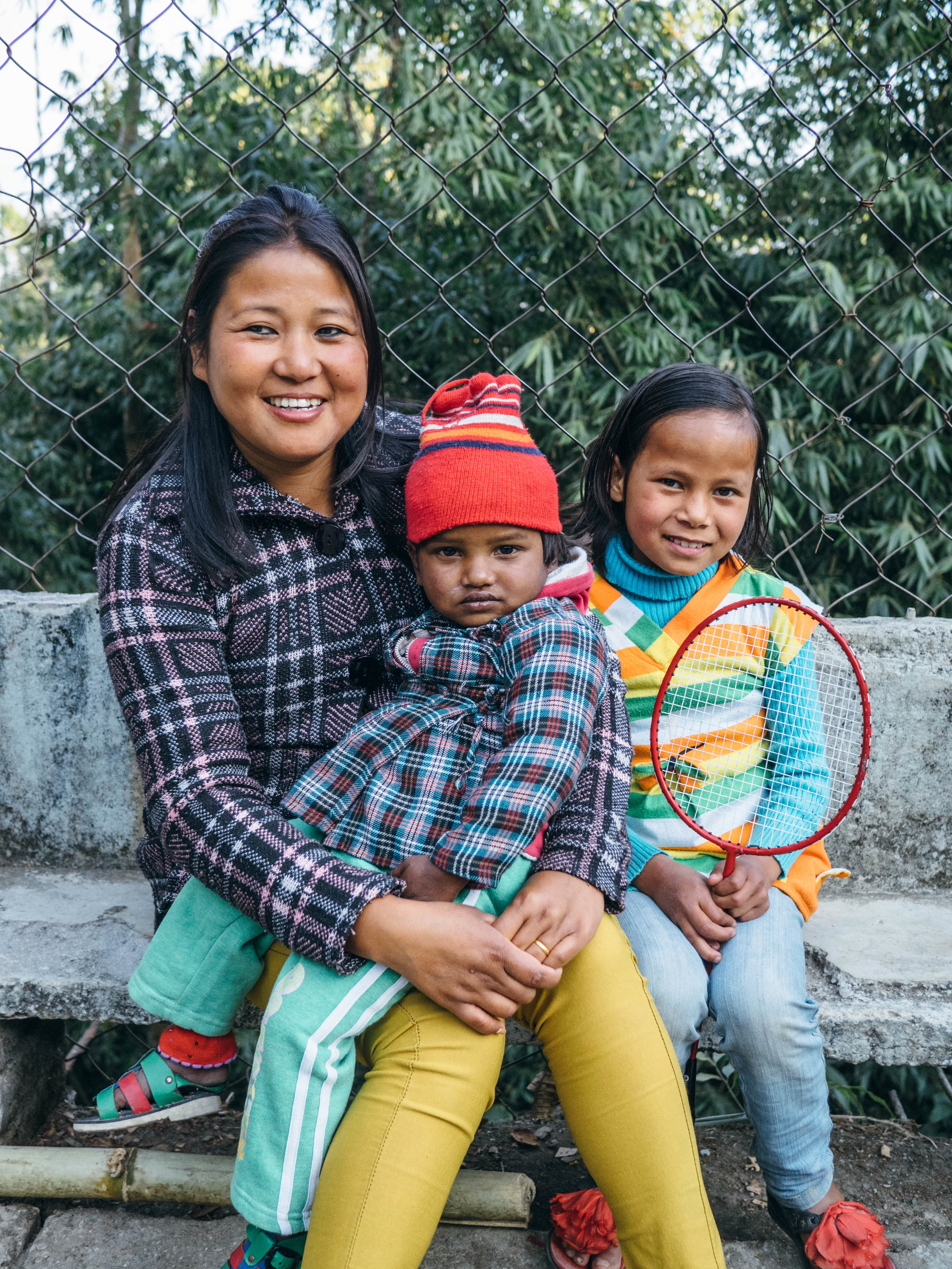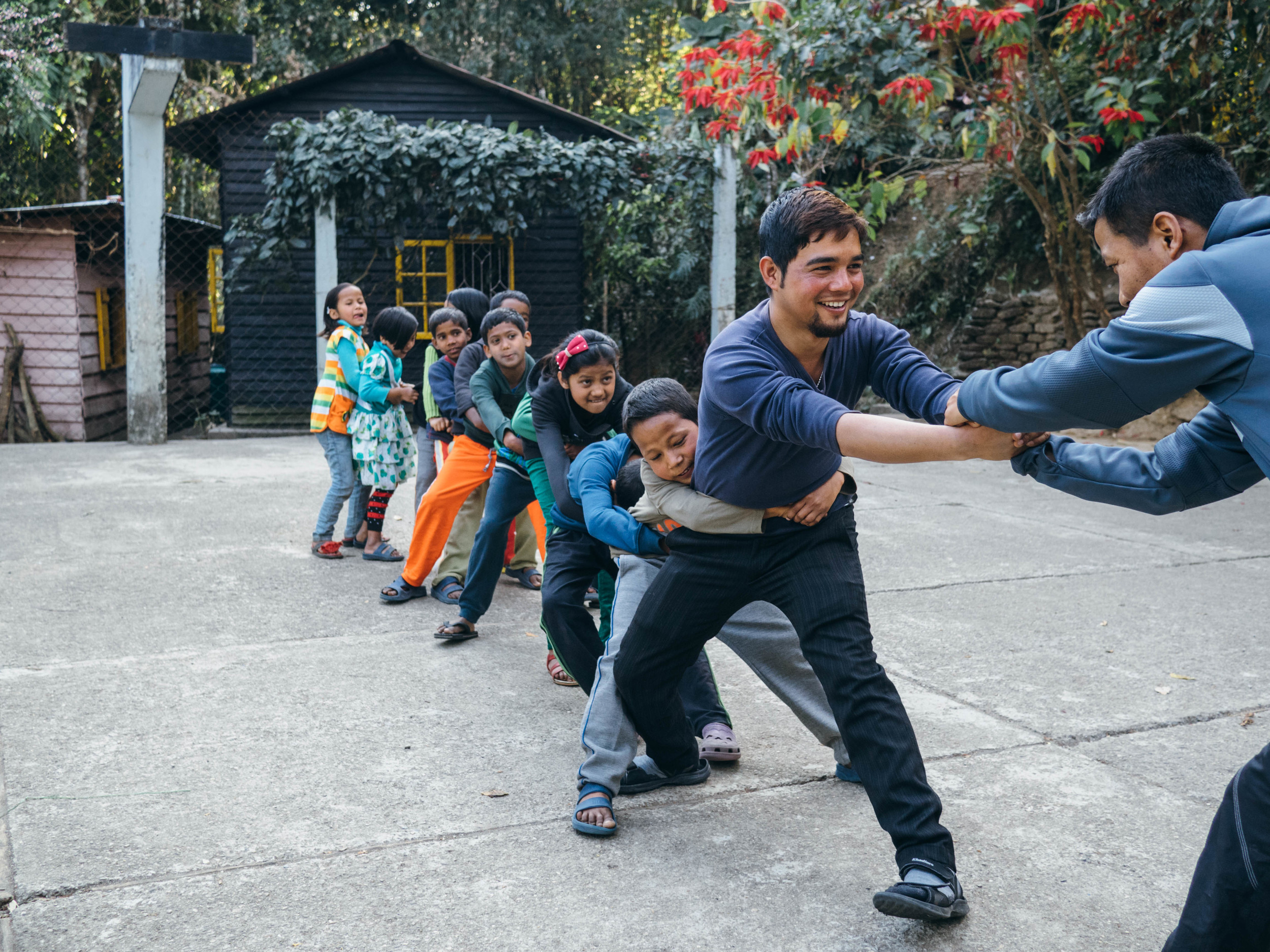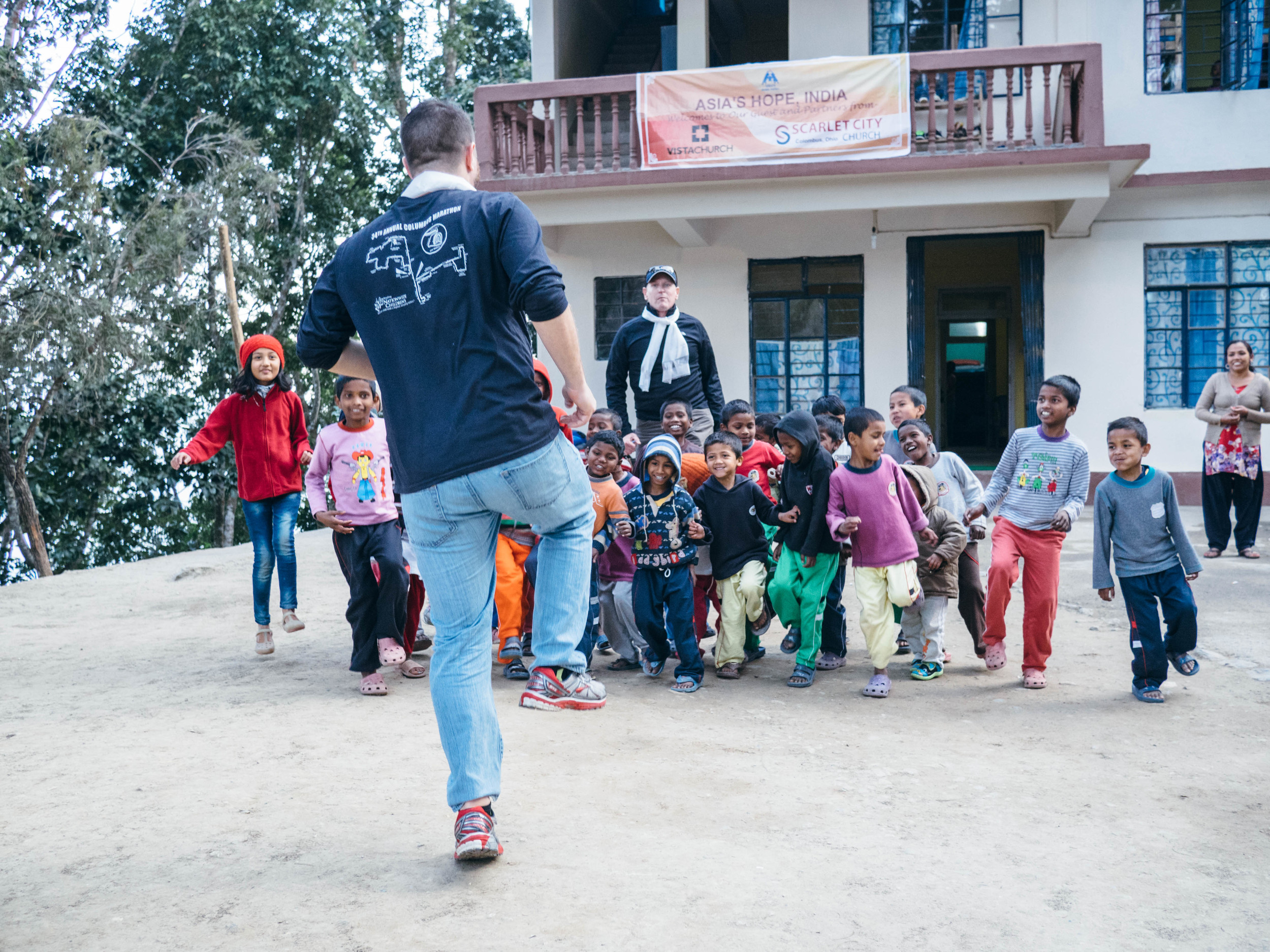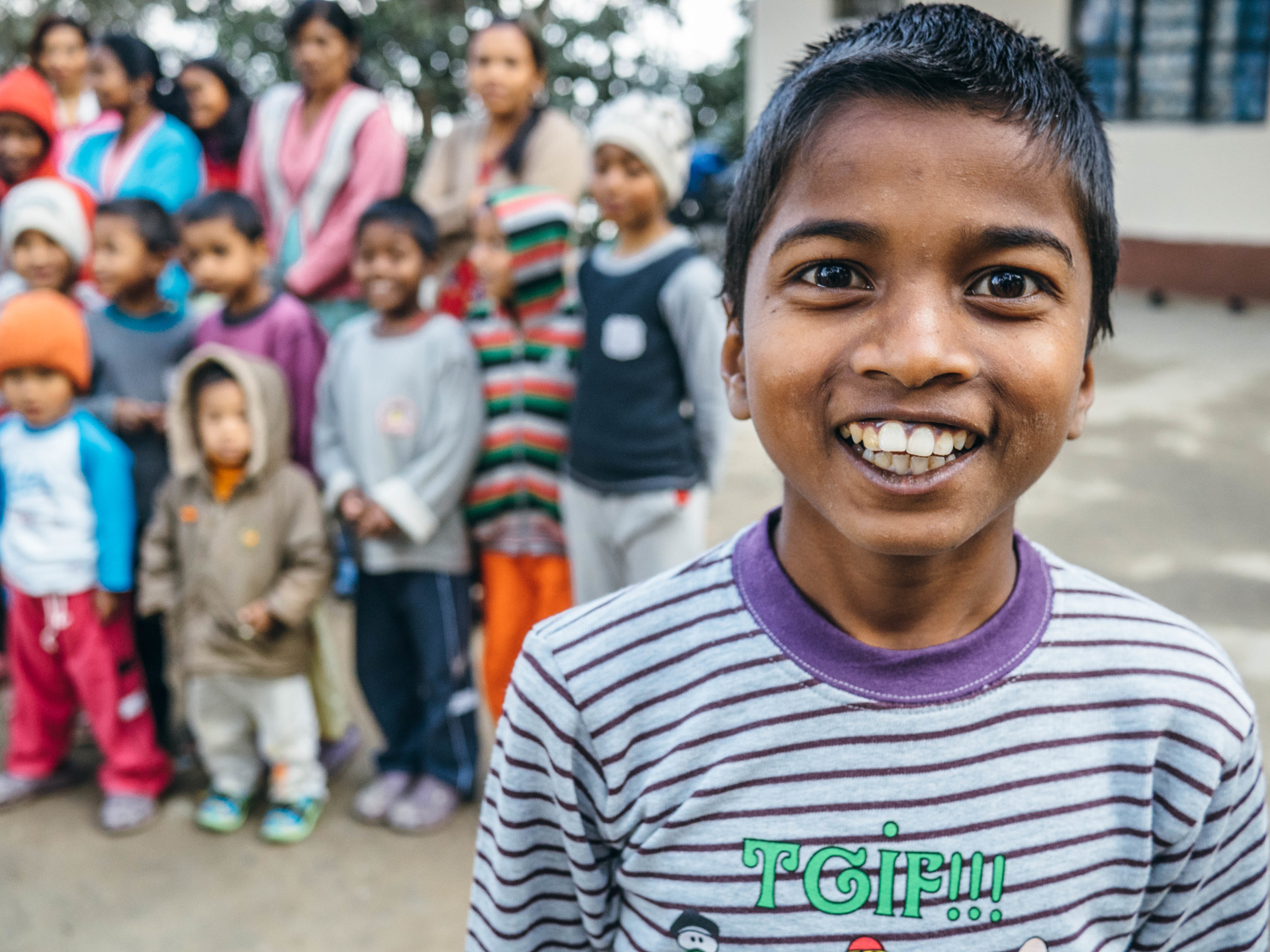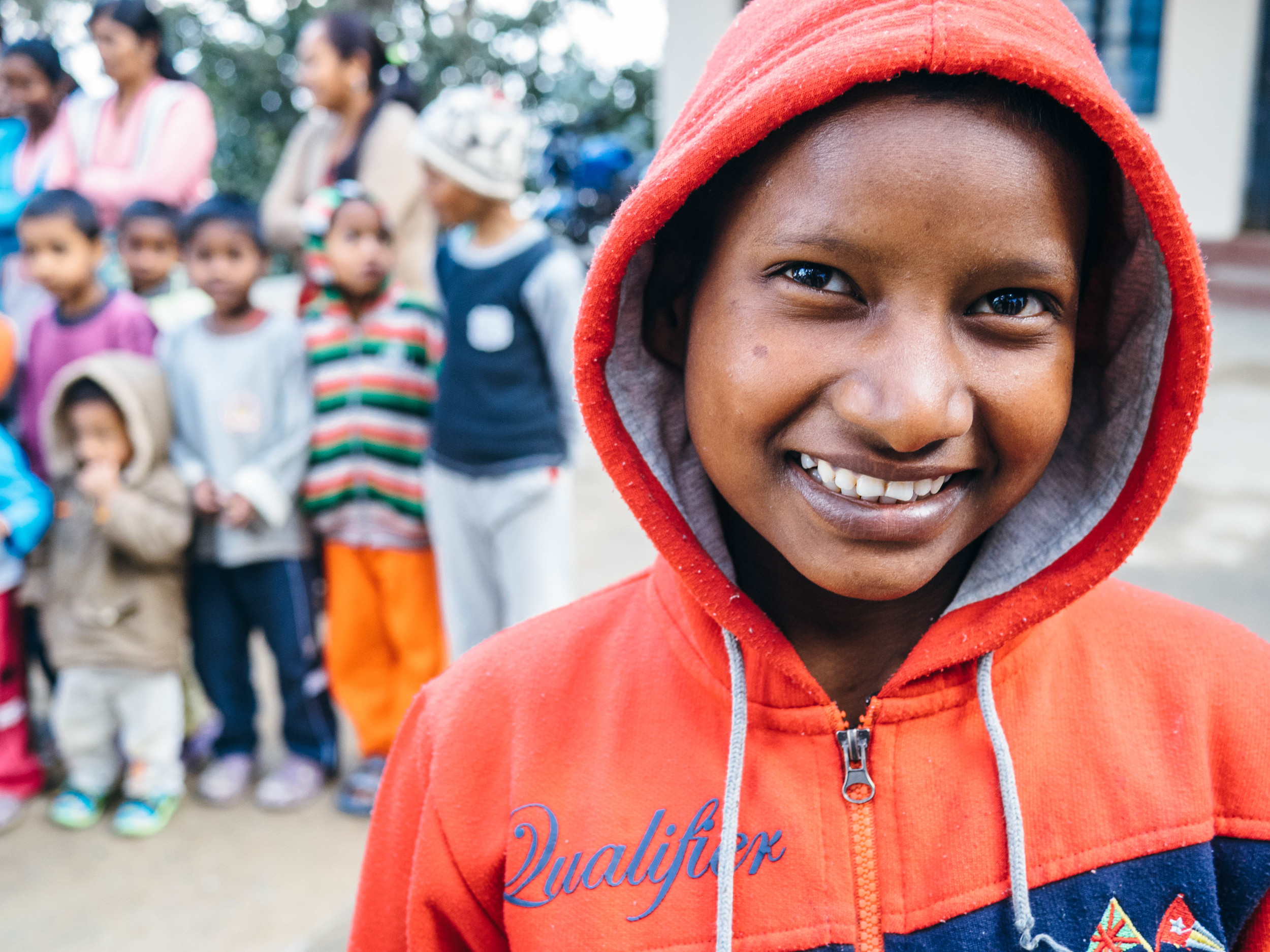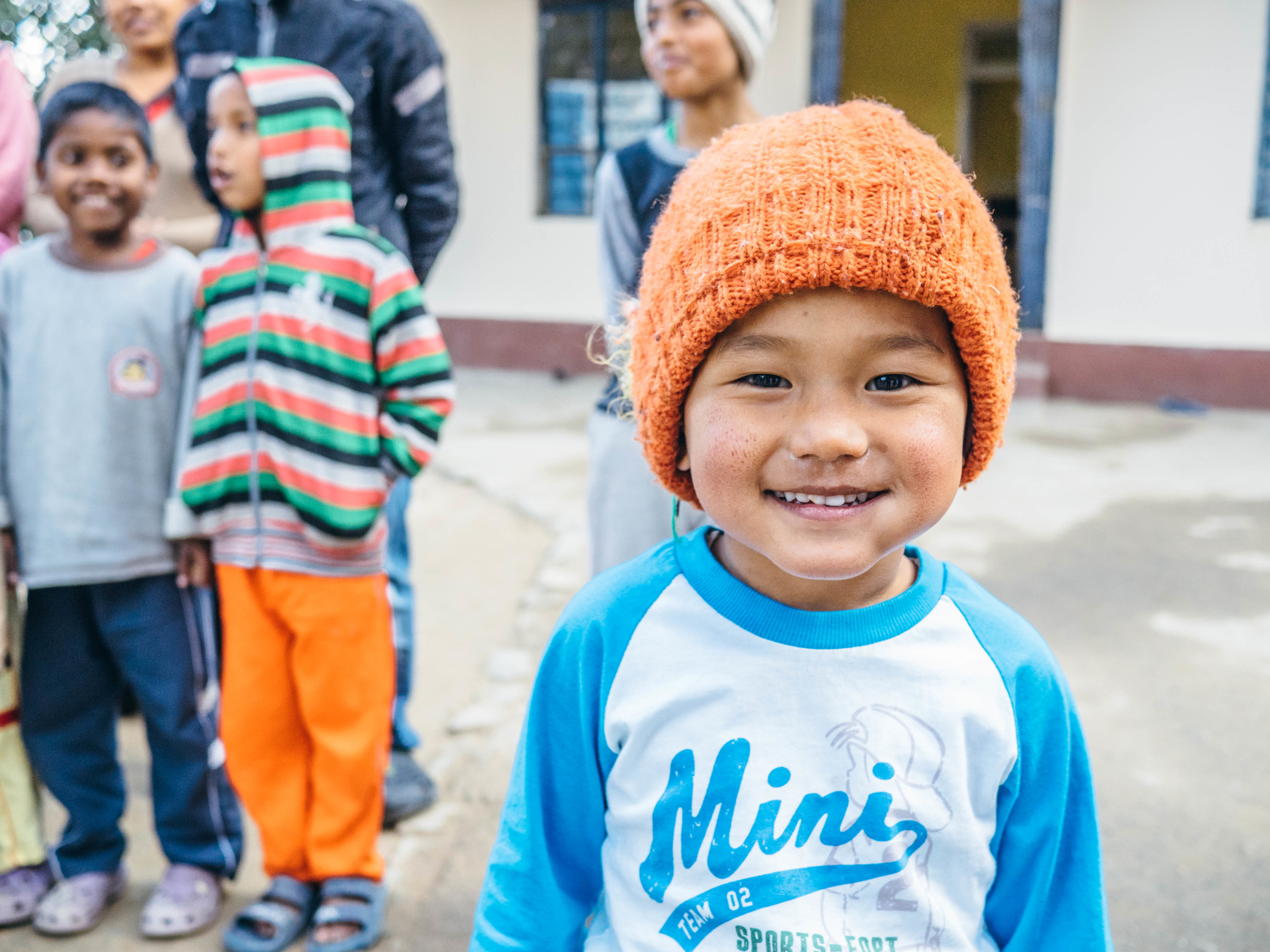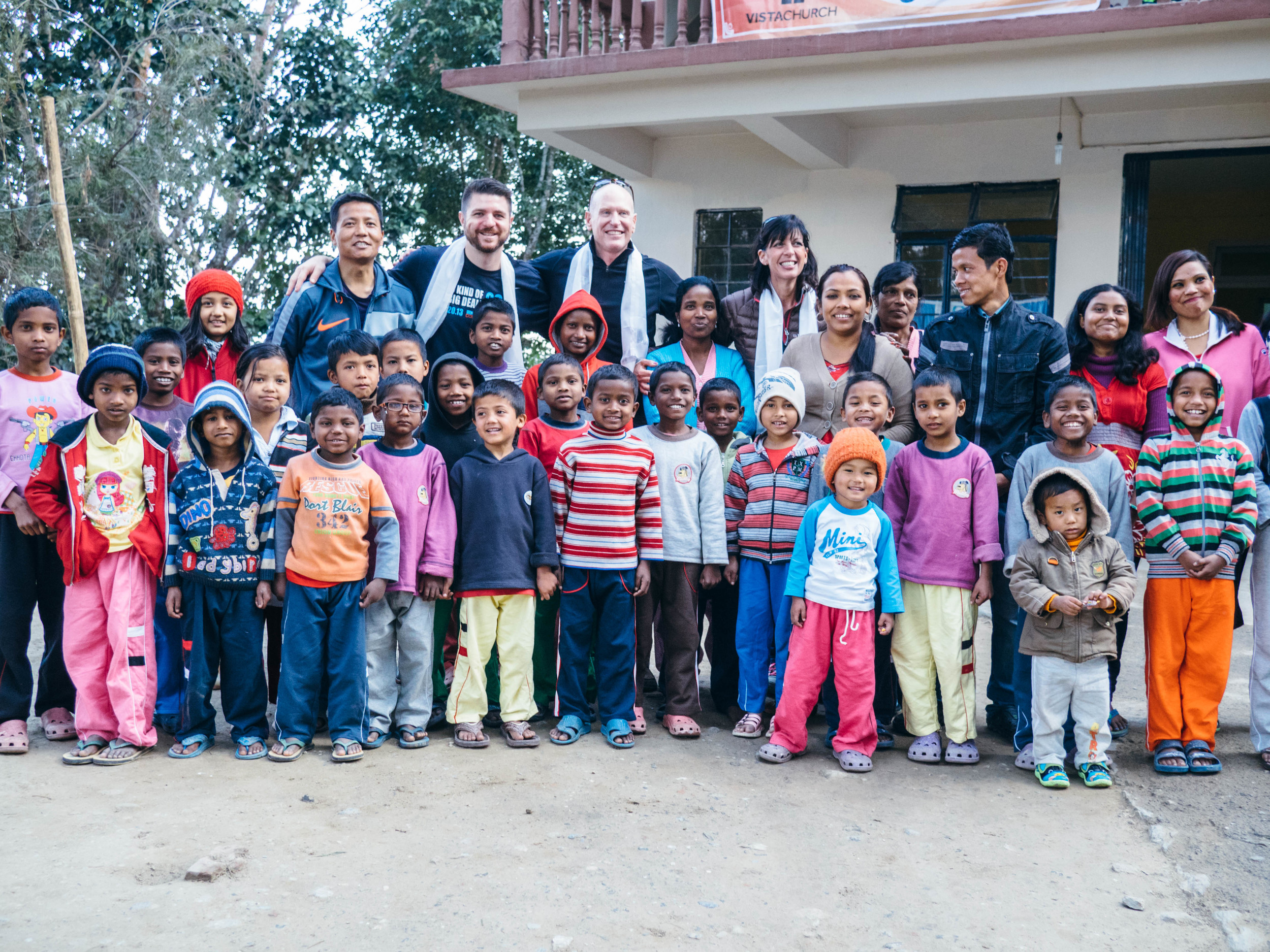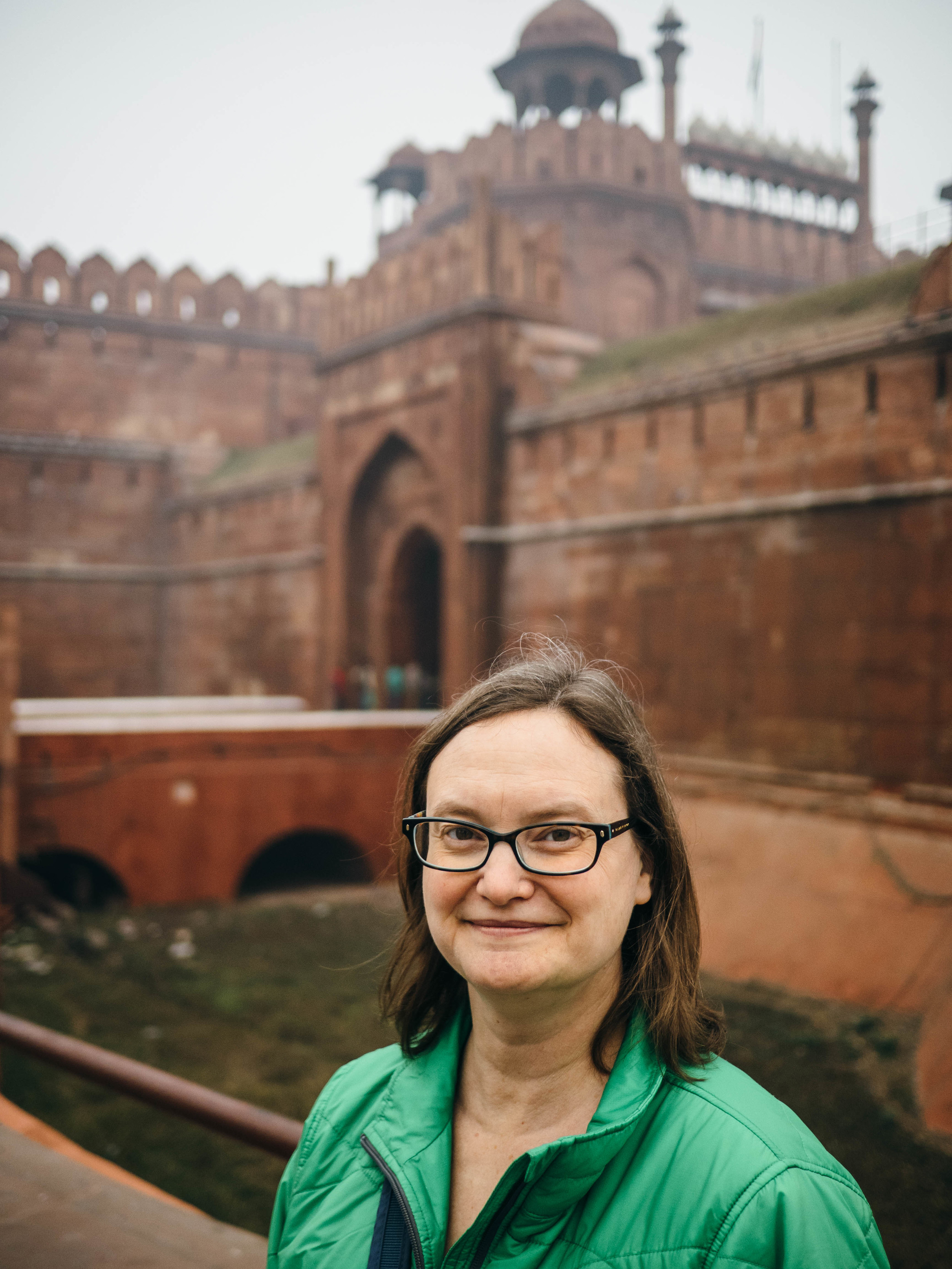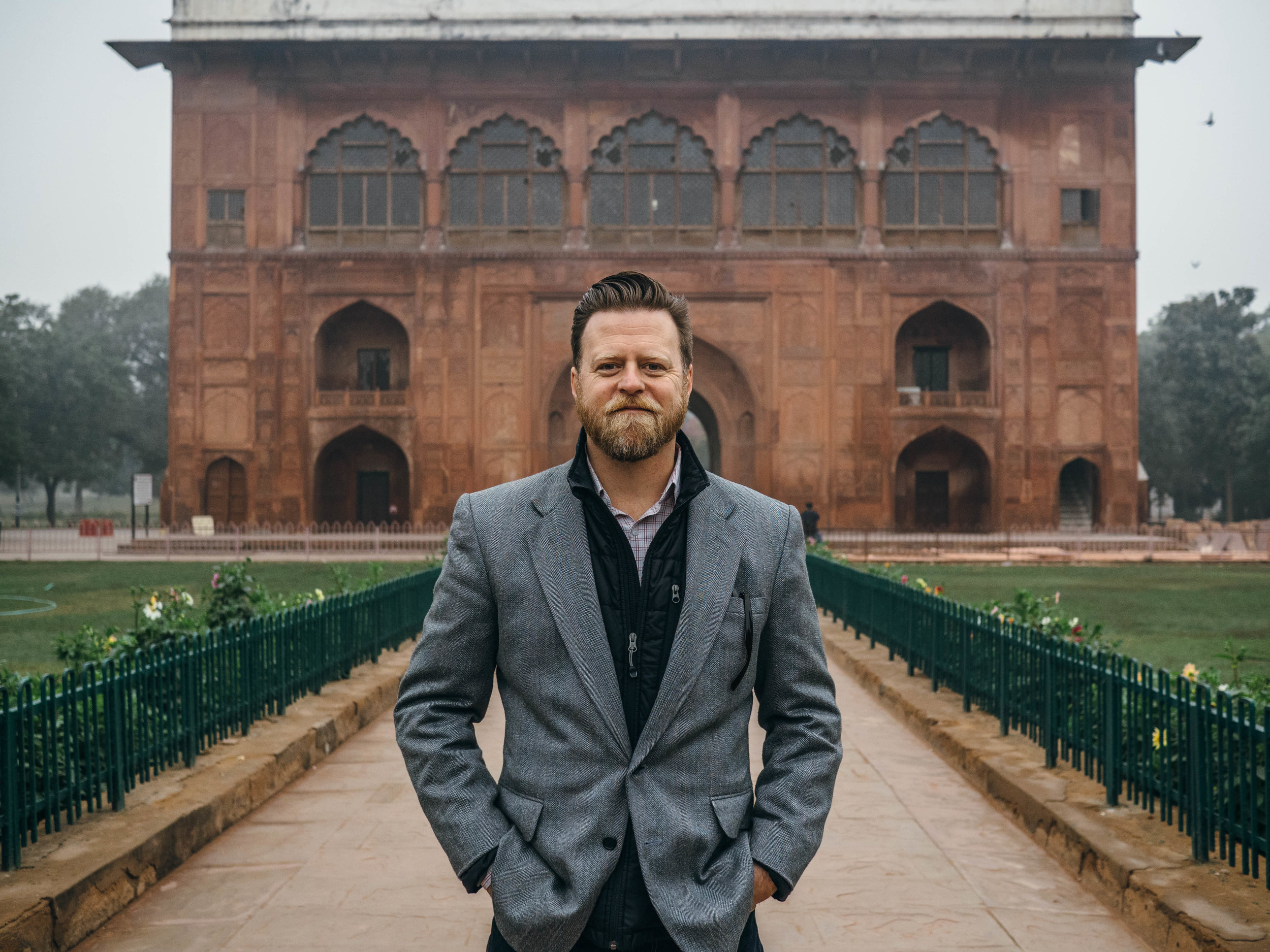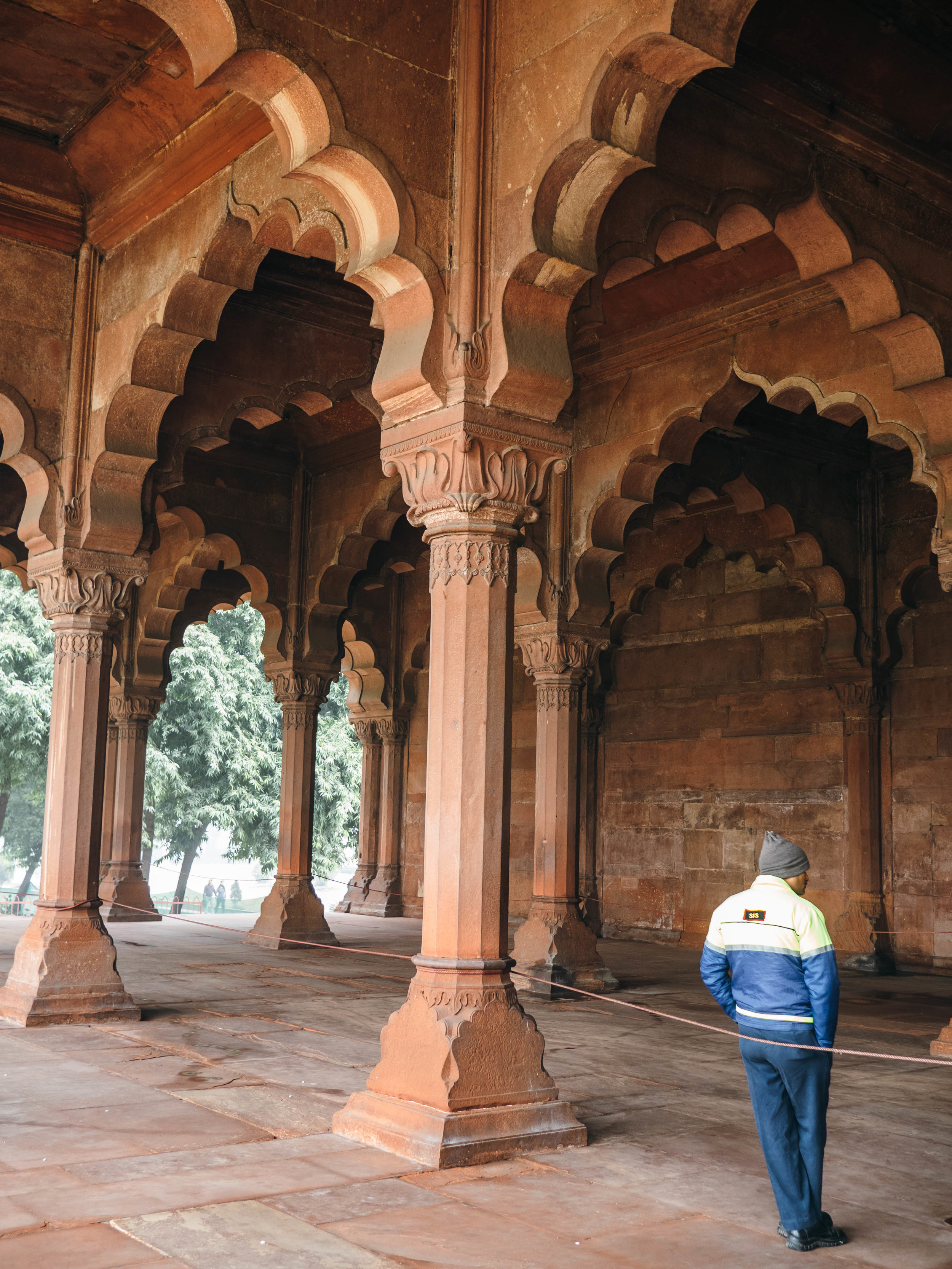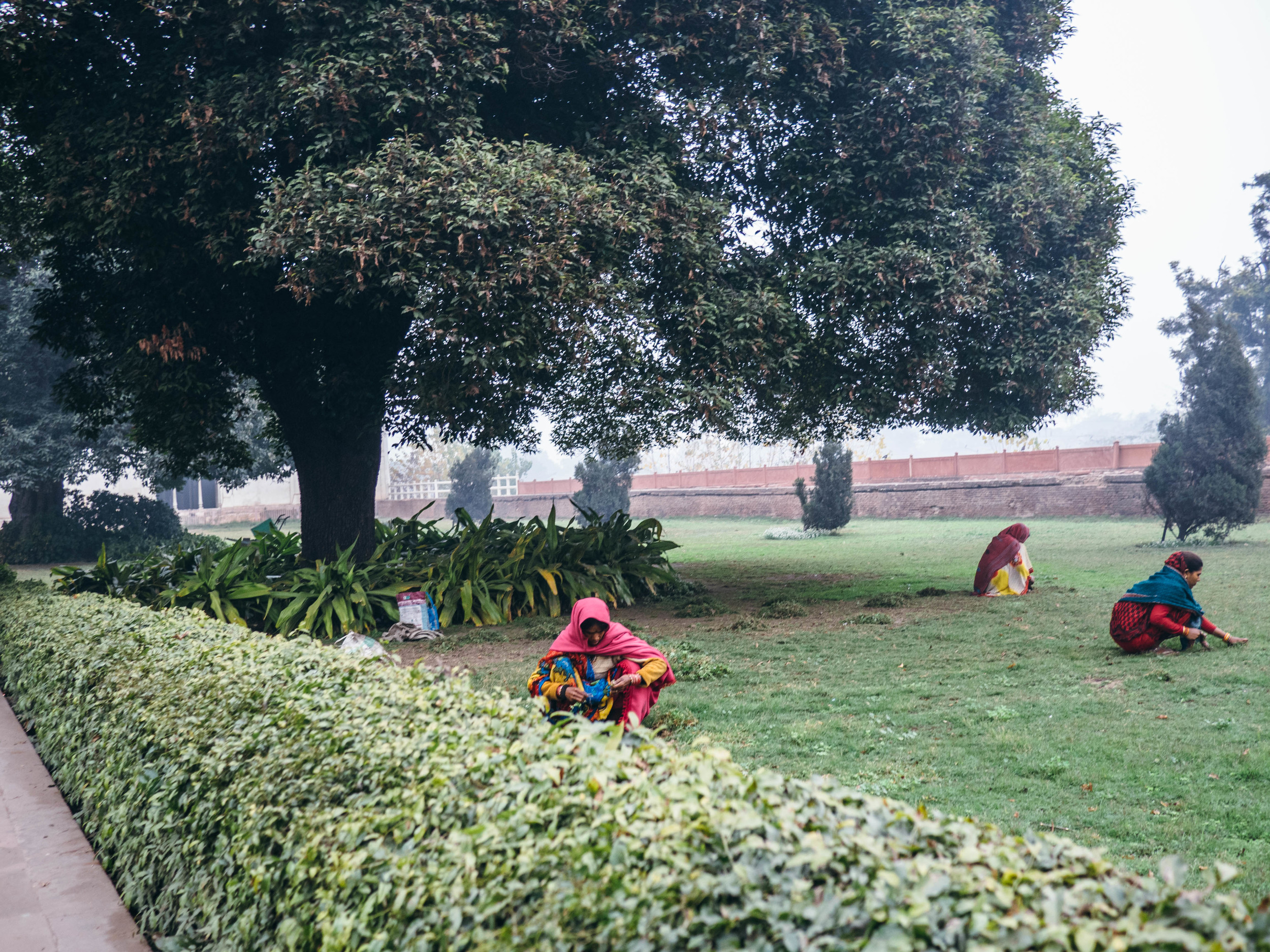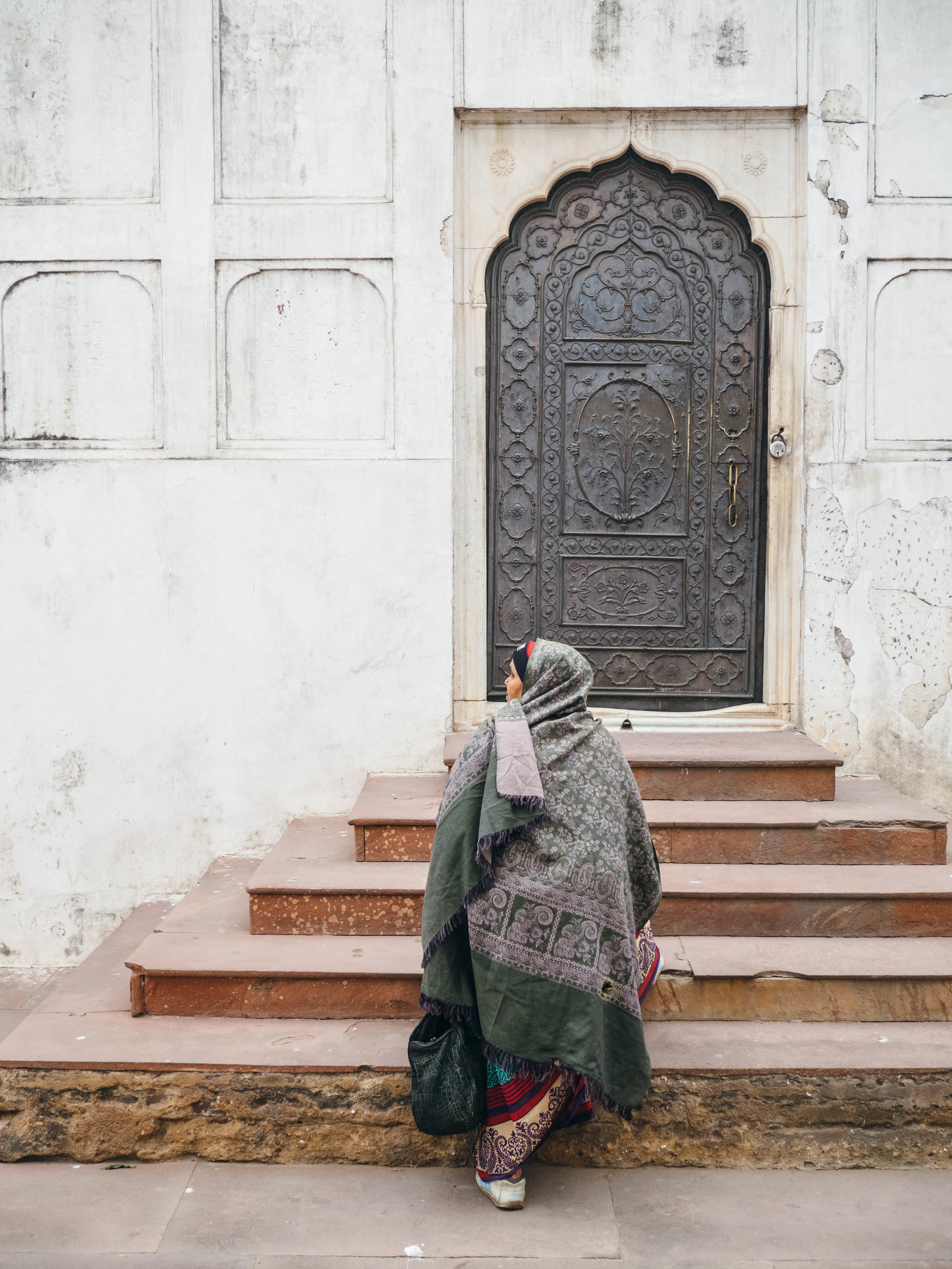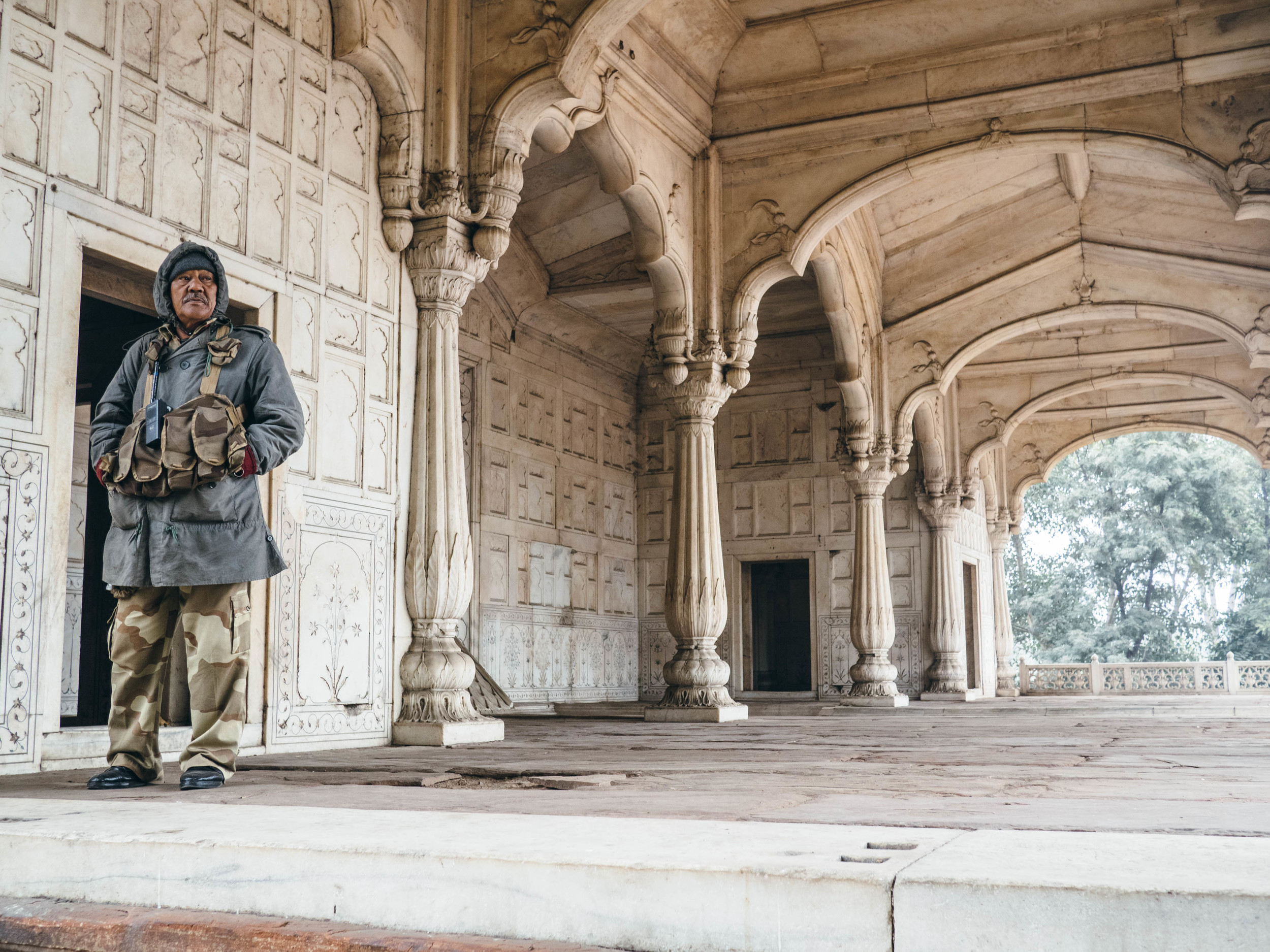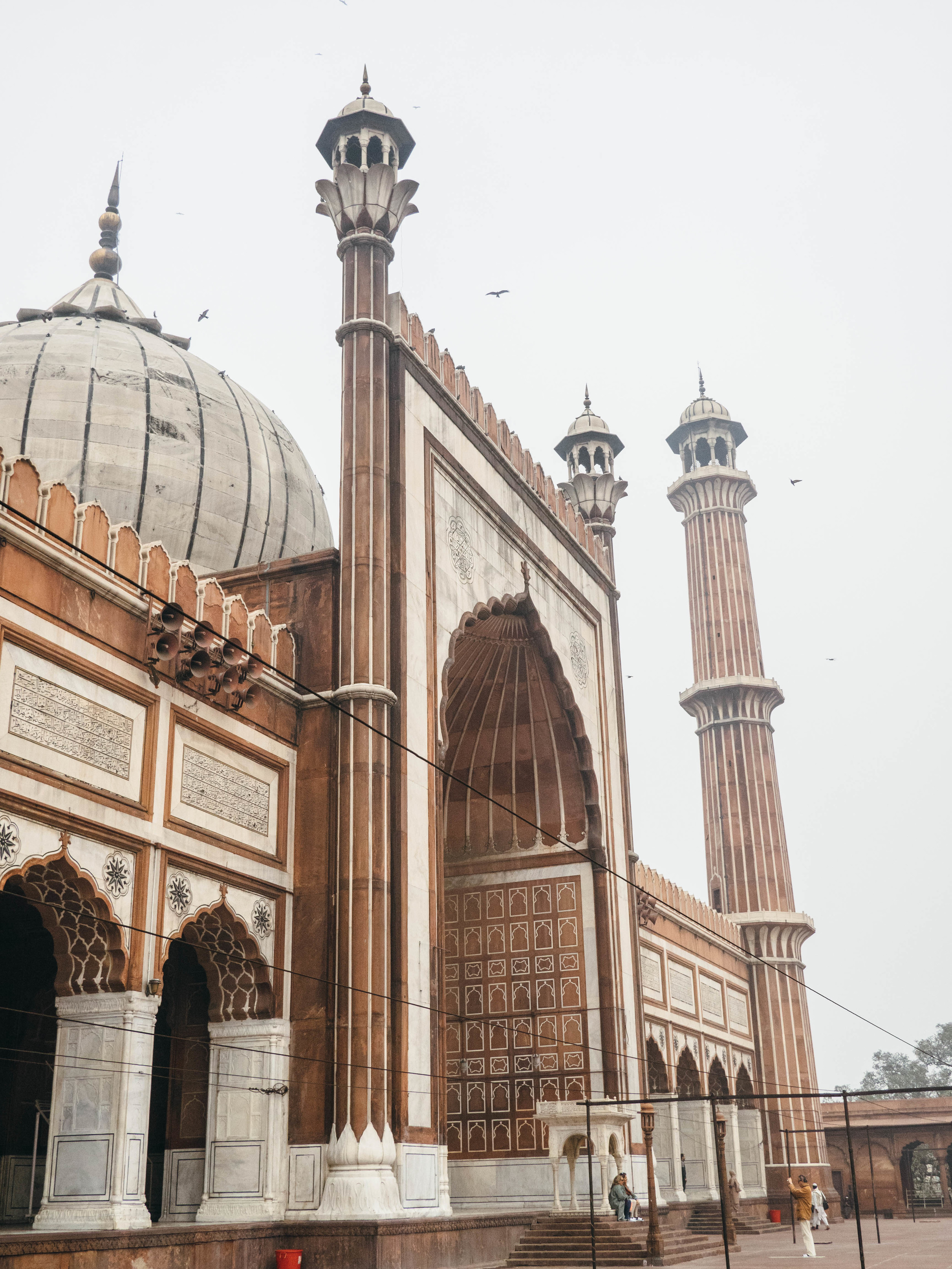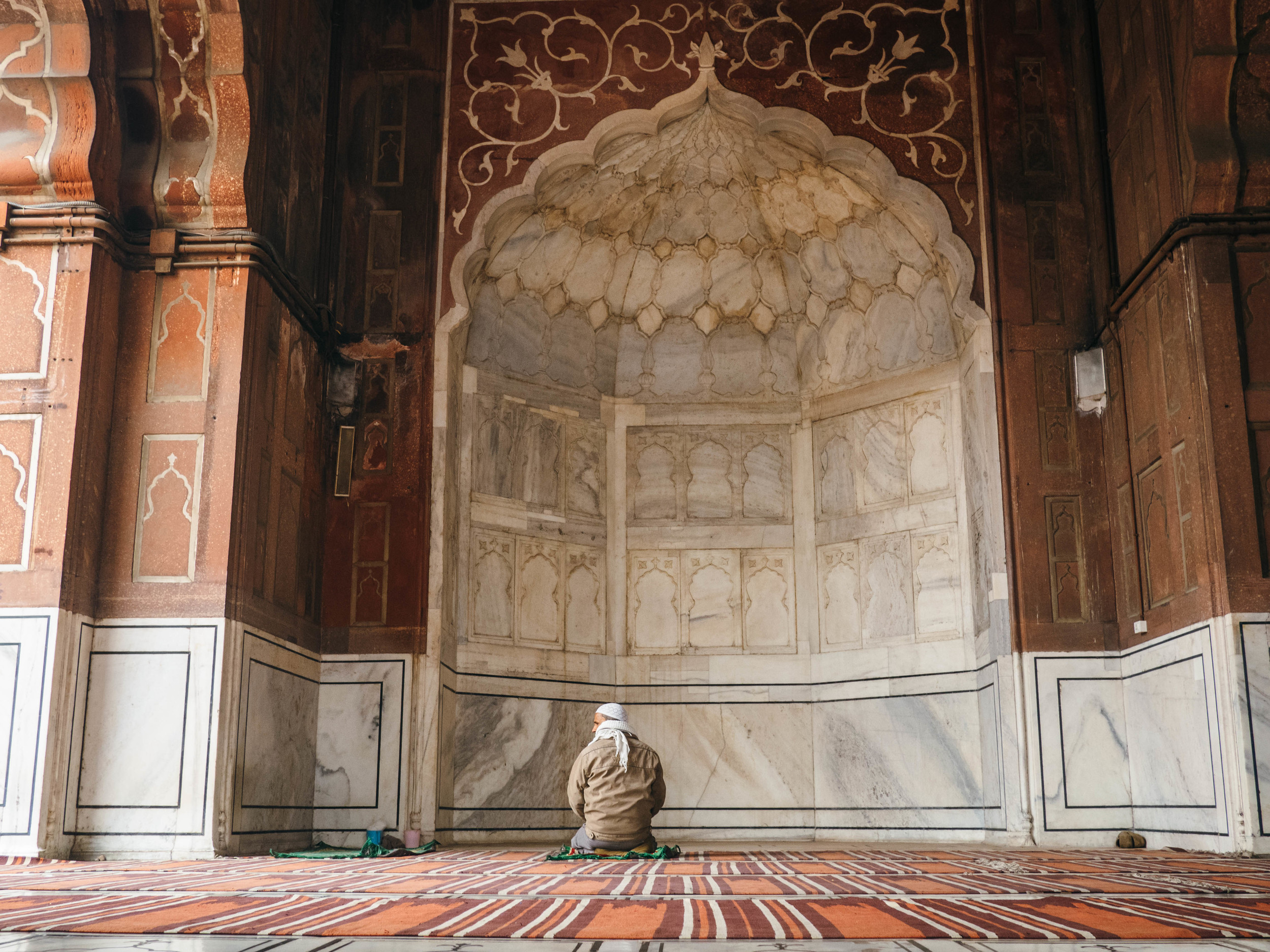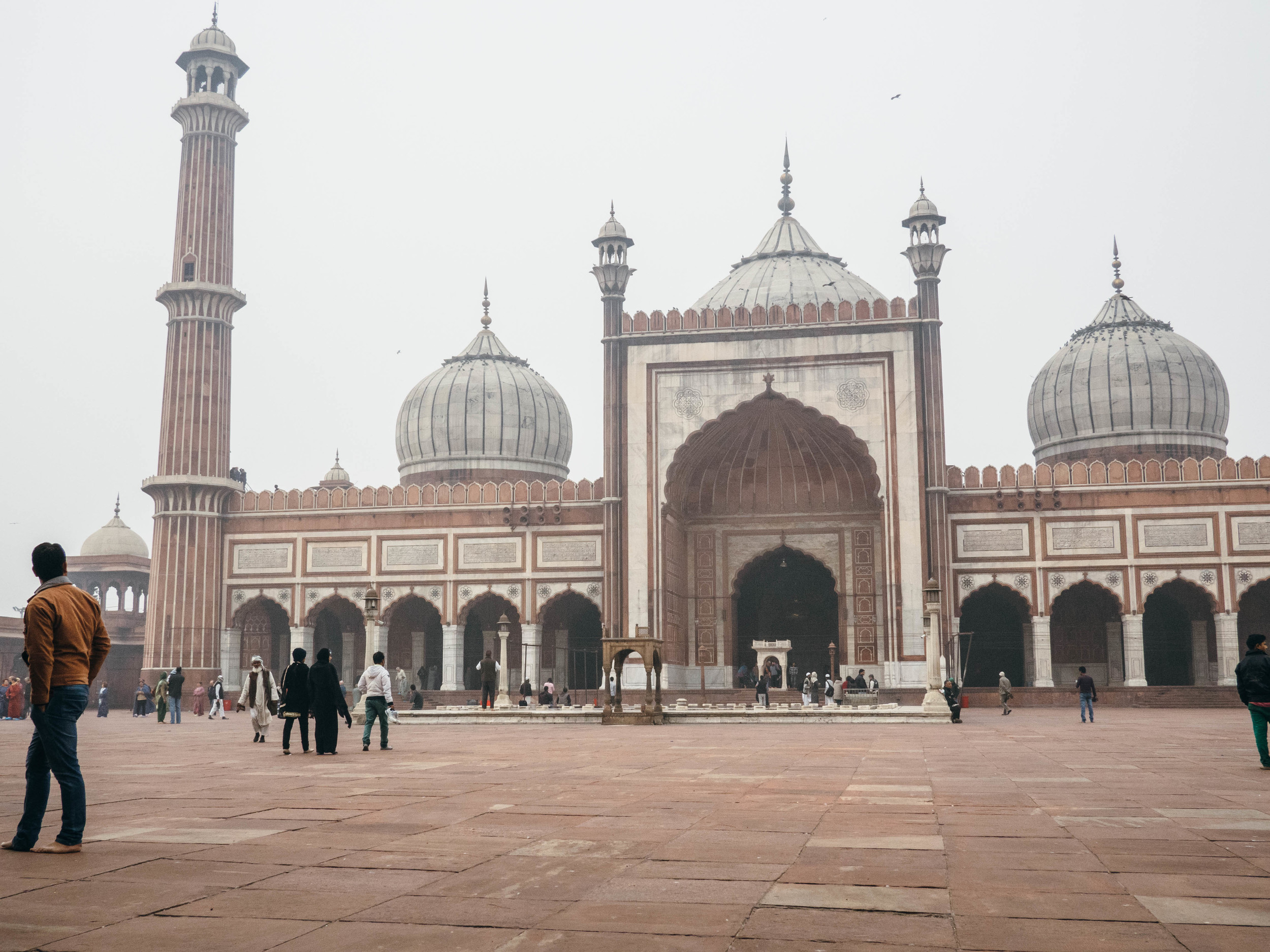


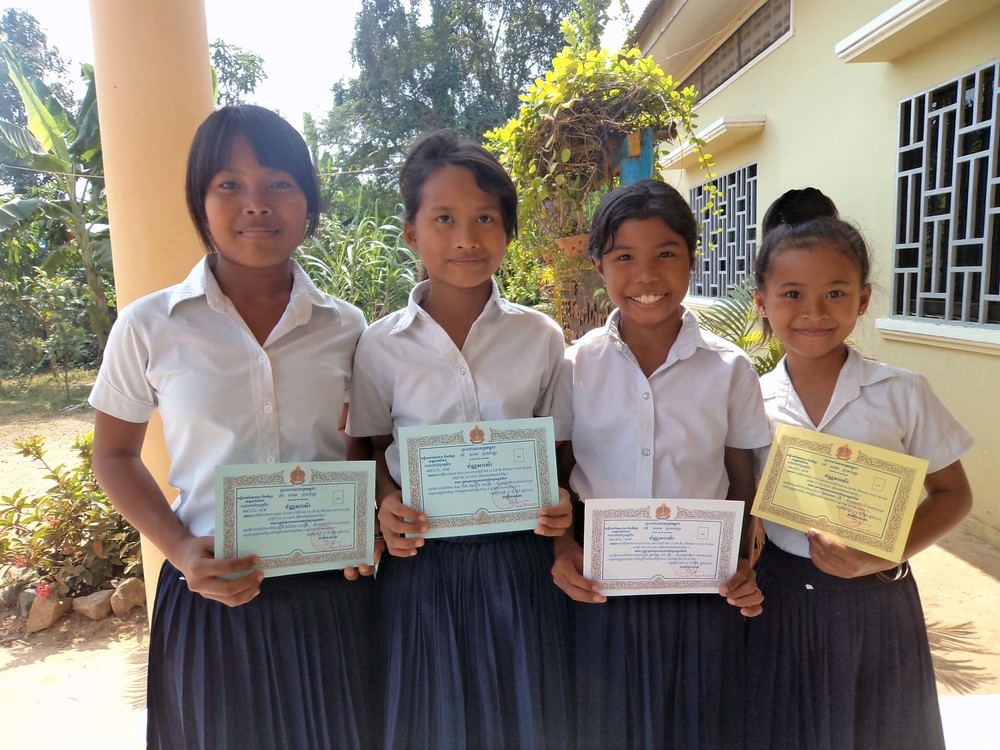
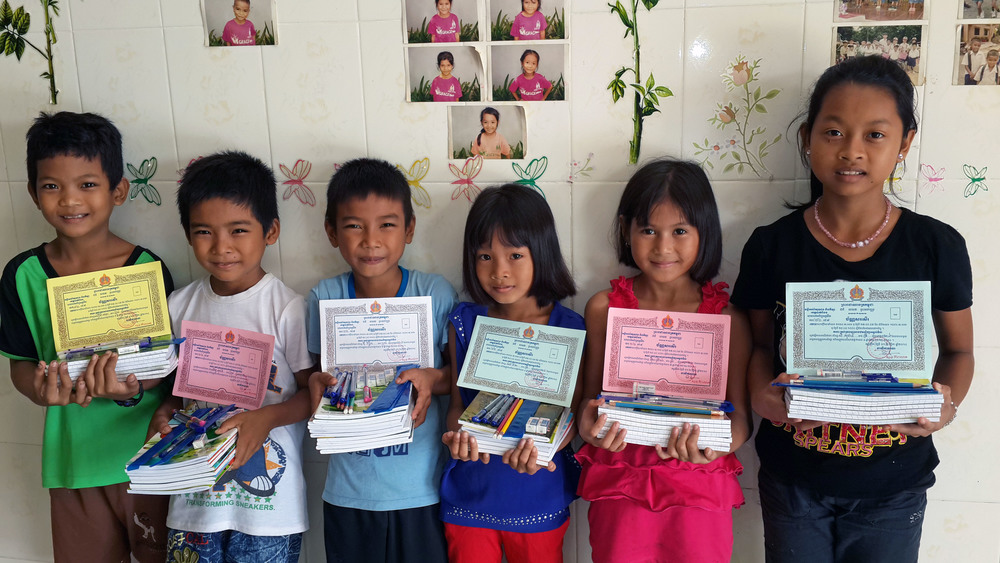

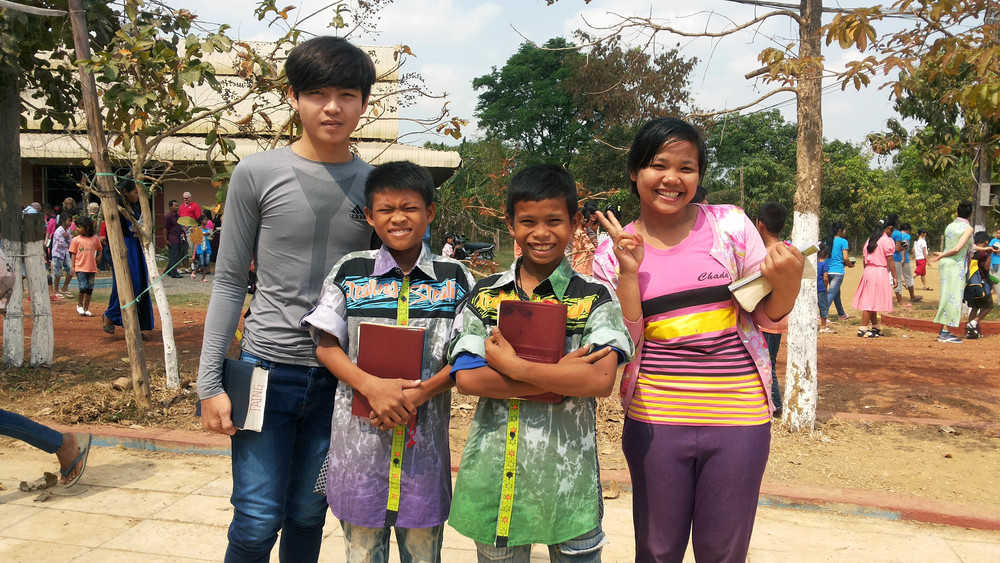
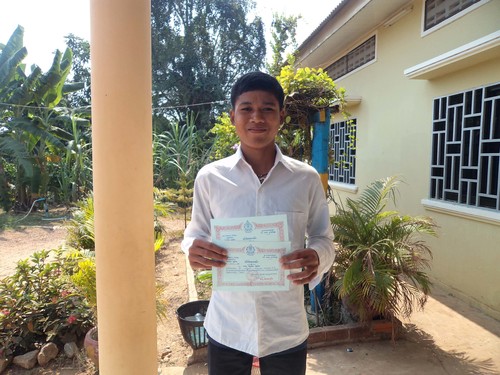



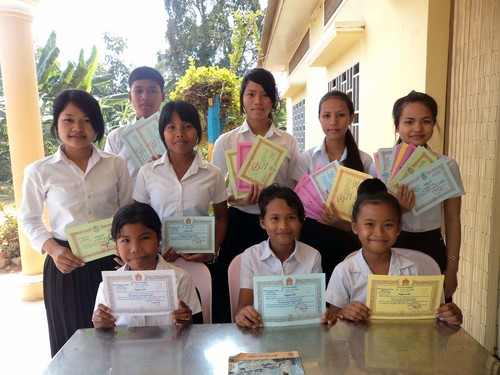


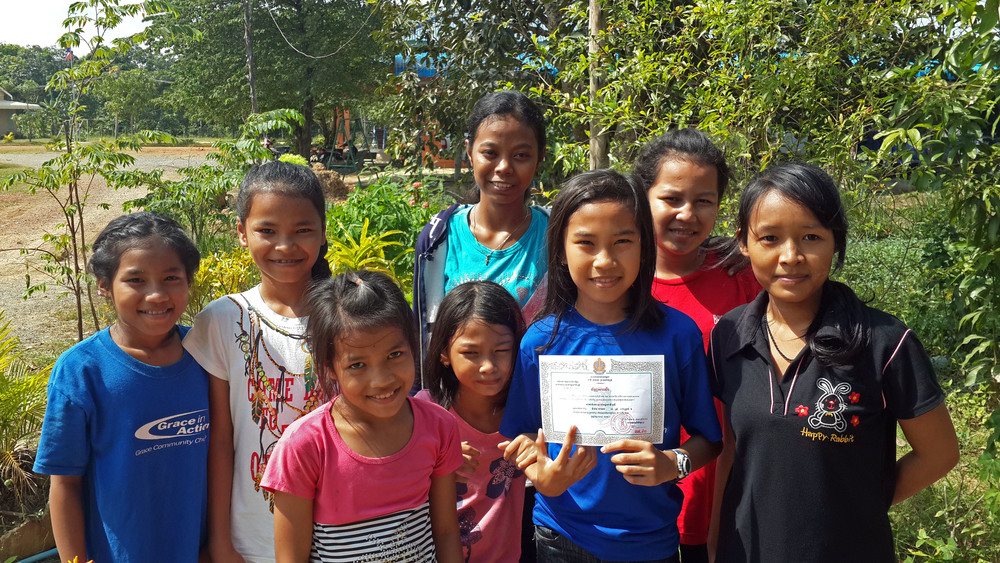
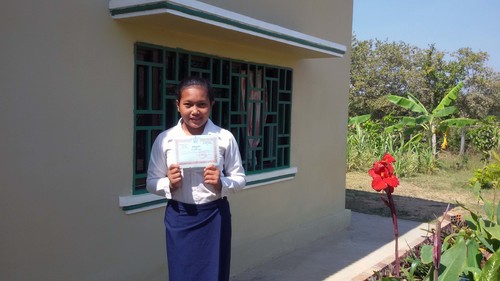




At Asia's Hope, we have a group of kids who, according to conventional wisdom, should be doing much worse than their peers. Most of them experienced severe early childhood trauma, and many of them were significantly behind in their studies when they first arrived at Asia's Hope. One might expect that these kids would tend to fail at extraordinarily high rates.
But as we take stock of the first generation of kids who have grown up at Asia's Hope, we see that they've achieved at significantly higher levels than anyone could have predicted. Our kids in Cambodia and Thailand, for instance, are dramatically more likely to graduate high school than their peers.
In Cambodia, for example, the national high school graduation rate is 12%. And among the poorest Cambodian children, only 2–3% make it out of grade 12. At Asia's Hope, however, more than 87% of our kids are on track to graduate. Many of them are at the very top of their class, some of them are competing in athletics at a national level, and most speak two or even three languages.
If only a handful of our kids were "making it," we could write them off as exceptions. But we're seeing the vast majority of our kids succeed in school when, statistically speaking, they should be failing. Something very powerful, very significant is going very right.
As pastor and leadership guru Andy Stanley says, "If you don't know why it's working, when it's working, you won't know how to fix it when it breaks." Something is clearly working at Asia's Hope, and we're committed to analyzing, articulating and applying our success factors across our organization and among others eager to duplicate our results.
When people ask me the "secret of our sauce," here are two key ingredients I always reveal:
1) A stable, nurturing family environment. Kids at Asia's Hope enjoy the benefits of living in a family, not an institution. The adults caring for them see themselves as moms and dads, aunts and uncles, not nurses or nannies or wardens. In this environment, our kids receive comprehensive, holistic care. Beyond just physical needs, their emotional and spiritual deficits are systematically and lovingly rebuilt. This gives them an advantage not only compared to kids in institutional orphanages, but even to kids in a general populace beset with grinding poverty, poor education and inadequate or nonexistent healthcare.
2) A credible hope for a rewarding future. Most kids born into extreme poverty have no hope for academic, social or economic success. They know that no matter how smart they are or how hard they work, they will attend school only sporadically as a child, and will have to enter the workforce before graduating high school.
Many orphanages forcibly "age out" children at 16 or 18 years old, regardless of their academic progress or readiness for adulthood, and many of those children end up in a situation similar to that which orphaned them in the first place: homelessness, substance abuse, trafficking, crime, incarceration, disease.
At Asia's Hope, however, we don't force children out at an arbitrary age. We want all of our kids to go as far as they can in school, and we encourage them to stay with us until they complete their education. All of our kids know that if they finish high school and qualify for university or a vocational training program, we'll pay for them to attend.
Despite these successes, we've no intention to rest on our laurels. That's why I'm thrilled to announce the near-completion of construction on the Asia's Hope Secondary School in Battambang, Cambodia, which is scheduled to open for classes in 2016. At capacity, this middle and high school will provide the city's finest education to more than 200 Asia's Hope students and up to 100 needy children from the surrounding community.
We're also intensifying our efforts to bolster our scholarship funding so we can continue to fulfill our promises to future generations of young Asia's Hope scholars. In 2016, we hope to raise an additional $100,000 for university education and vocational training.
If you've ever prayed for, spoken well of or donated to Asia's Hope, thank you. Together, we're making a real, measurable difference in the lives of hundreds of kids whose potential would otherwise be wasted.
If you're interested in finding out more about our scholarship program, visit http://www.asiashope.org/scholarship. Make sure you click on the videos featuring Chhem and Kakrona, two Asia's Hope university students who are working hard to make their dreams come true for themselves and for the poor and underprivileged in their community.

